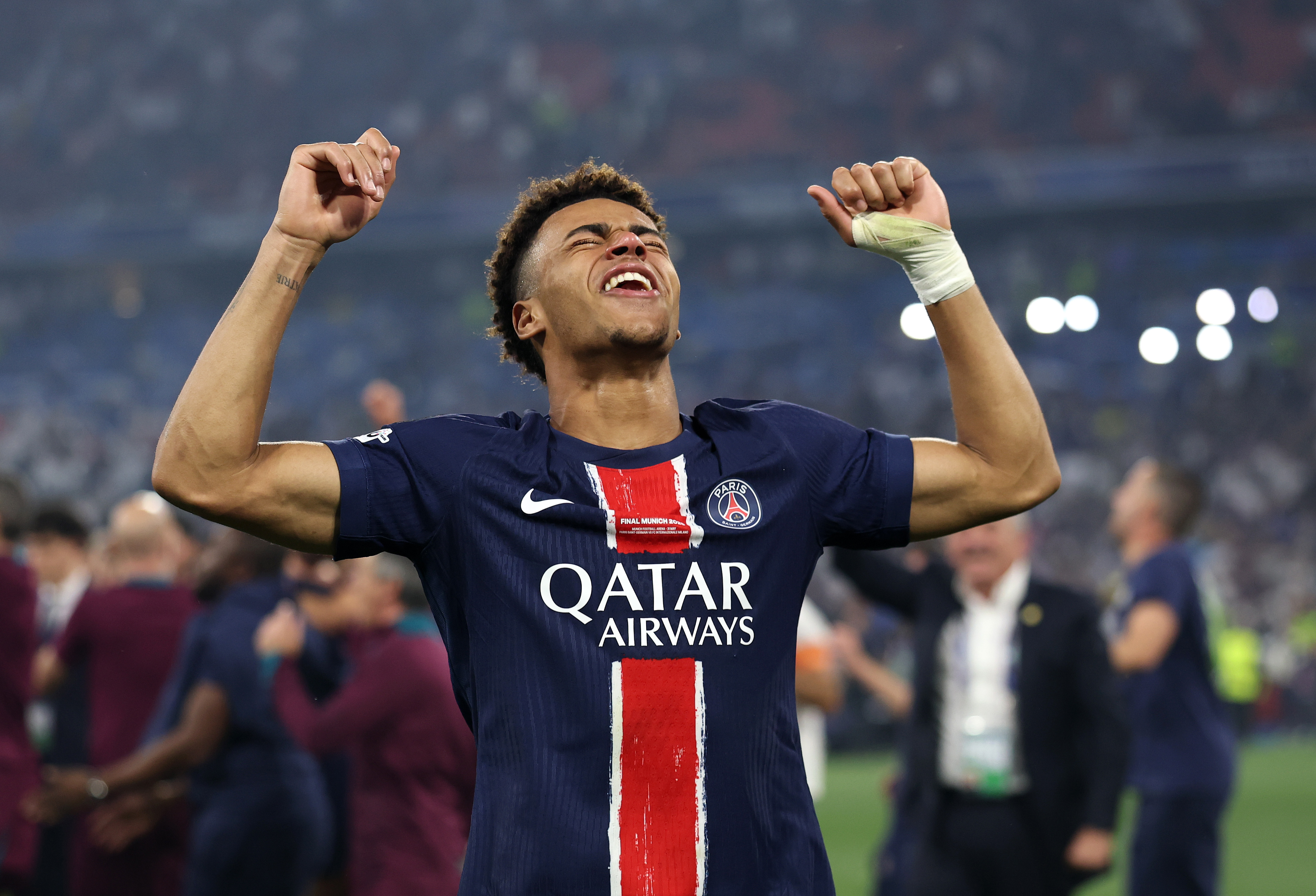Biggest clubs in South America
South America is home to some of the world's most famous football clubs. Here, a look at the biggest teams from across the continent...
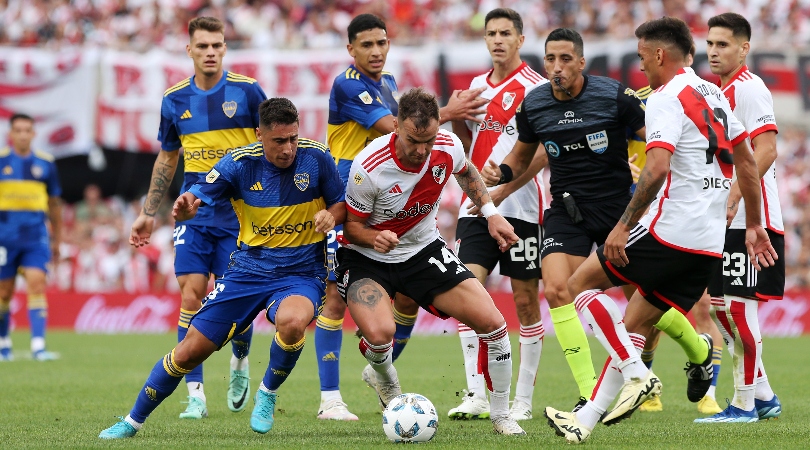
Football arrived in South America with European sailors in the 1800s and British workers formed the continent's first club in 1867.
Buenos Aires Football Club played their first match in June that year and the sport grew gradually through the influence of schools and sports clubs.
Football arrived in Brazil in 1894 through Charles Miller, son of a Scottish railway engineer and a Brazilian mother of English descent. And over the next 50 years, it became the most popular sport across most of the continent.
South America is home to many of the greatest players of all time, to hugely passionate fans and historic clubs. Here, a look at some of the biggest and most famous teams from across the continent...
33. Caracas FC
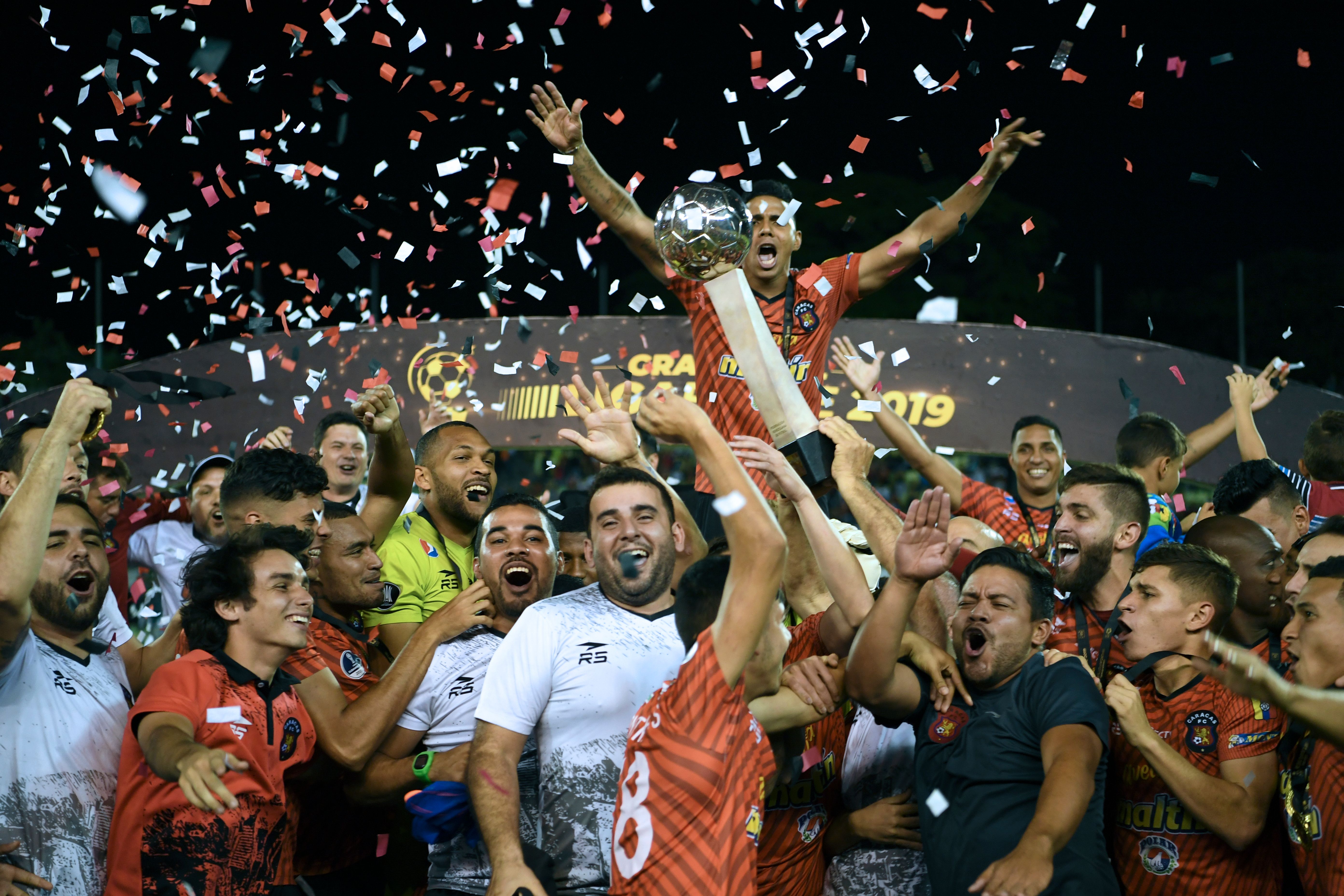
Founded in 1967 and based in the Venezuelan capital, Caracas Fútbol Club are the nation's most successful club, having won their 12th championship in 2019.
With an estimated nine million fans across Venezuela, Caracas FC are also the best-supported side in the country. Caracas reached the quarter-finals of the Copa Libertadores in 2009.
32. Universidad de Chile
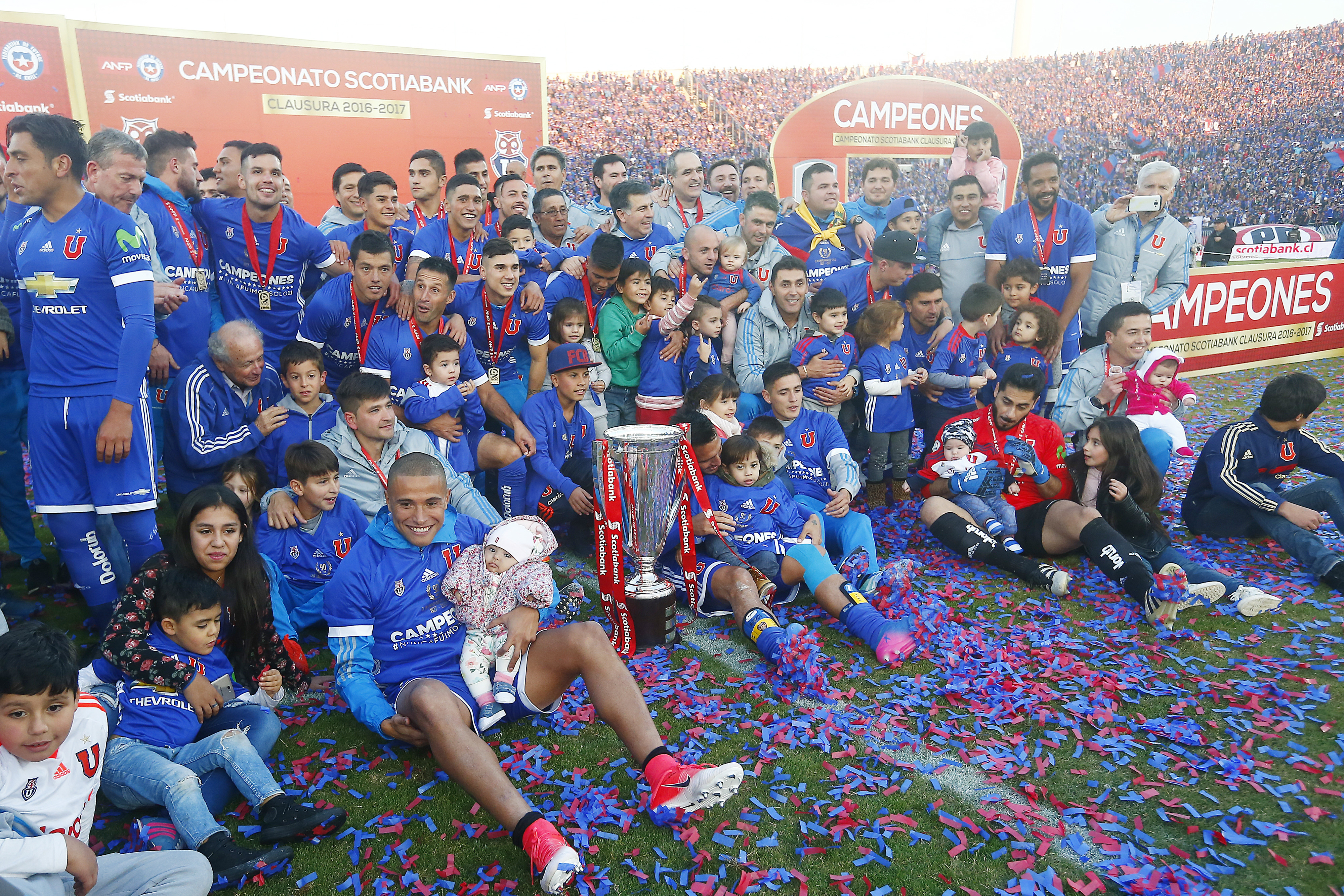
Club Universidad de Chile are the nation's second-most successful side after Colo-Colo and one of the most popular too, with more than five million fans.
The best features, fun and footballing quizzes, straight to your inbox every week.
Founded in 1927 and based in the capital Santiago, La "U" won their 18th Chilean championship in 2017. The Blues also have a continental title to their name, having lifted the Copa Sudamericana in 2011.
31. América de Cali
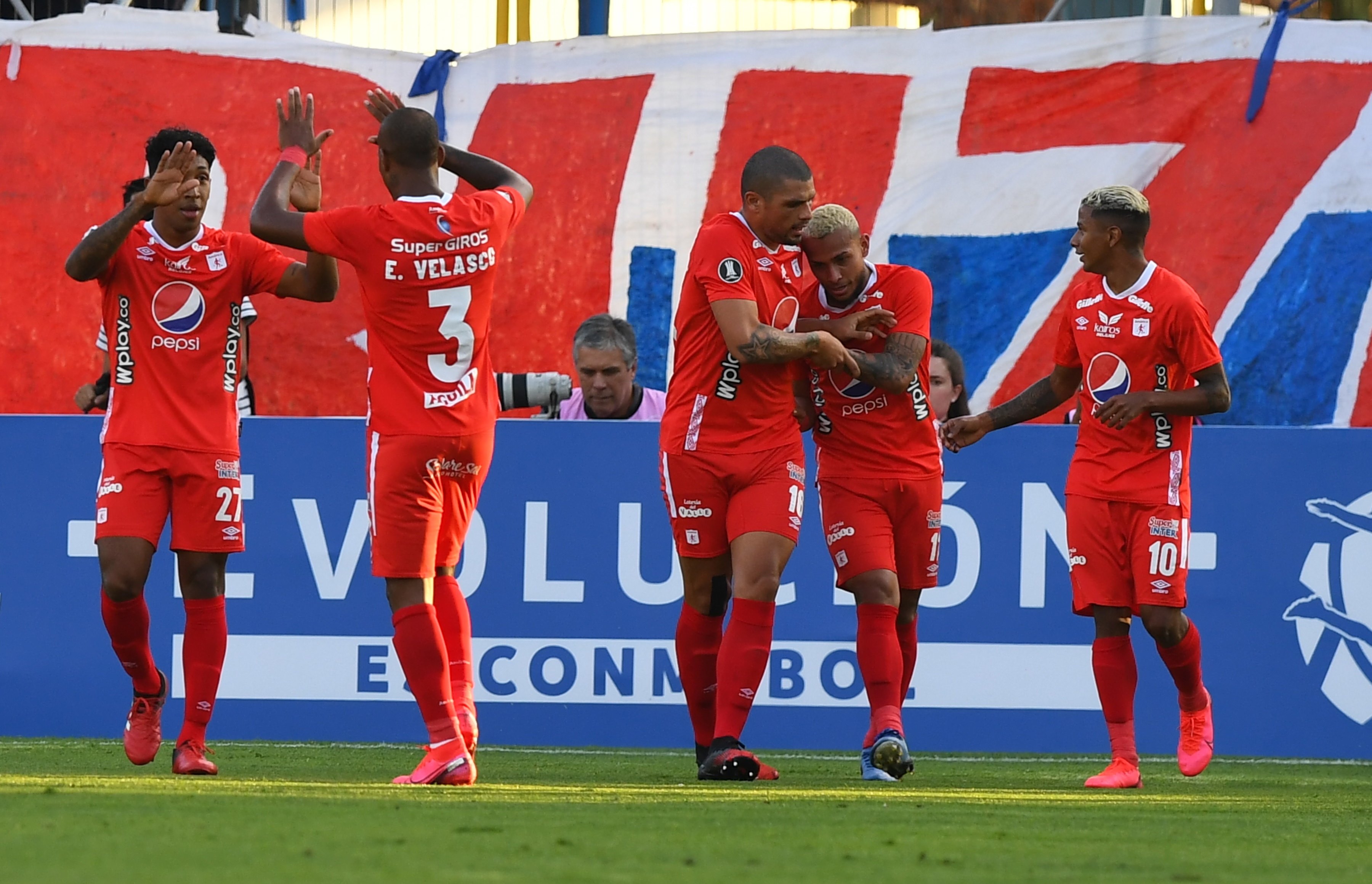
Founded in 1927, América de Cali are Colombia's third most popular club after Atlético Nacional and Millonarios, with the Red Devils estimated to have well over six million supporters.
The Cali club have had their ups and downs over the years, but are one of the most successful sides in Colombia, having won their 15th national championship in 2020.
30. Vélez Sarsfield
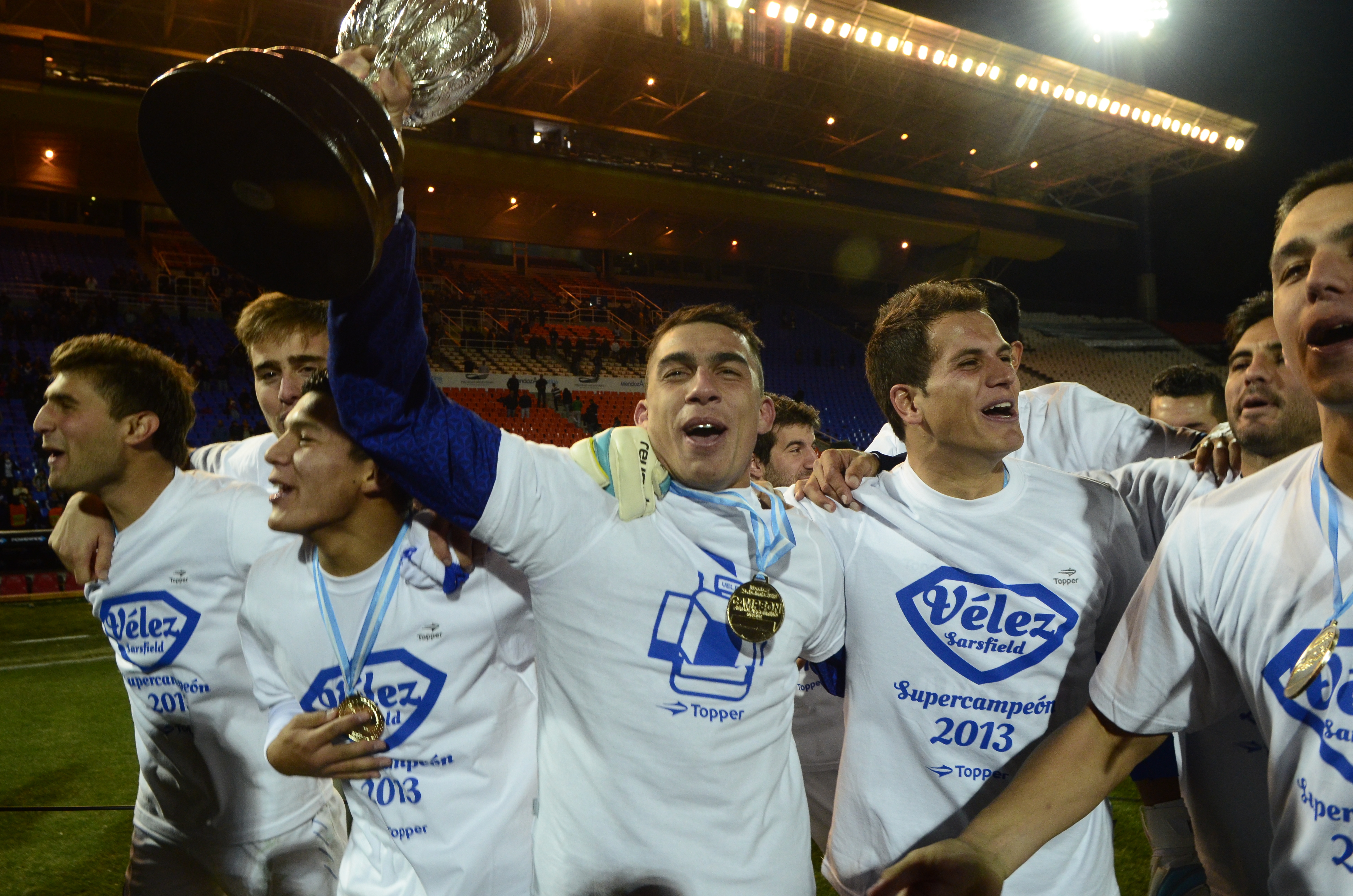
Club Atlético Vélez Sarsfield are one of five clubs – along with Newell's Old Boys, Rosario Central, Estudiantes and Huracán – often in the conversation to establish Argentina's sexto grande (sixth biggest club) after Boca Juniors, River Plate, Independiente, Racing Club and San Lorenzo.
Copa Libertadores and Intercontinental Cup winners in 1994, Vélez were founded in 1910 and won the last of their 10 Argentine championships in 2013. Notable former players include top scorer Carlos Bianchi (who later led the club to the Libertadores as coach), Paraguayan goalkeeping great Jose Luis Chilavert and Diego Simeone, who began his career with the Buenos Aires club.
29. Universitario de Deportes
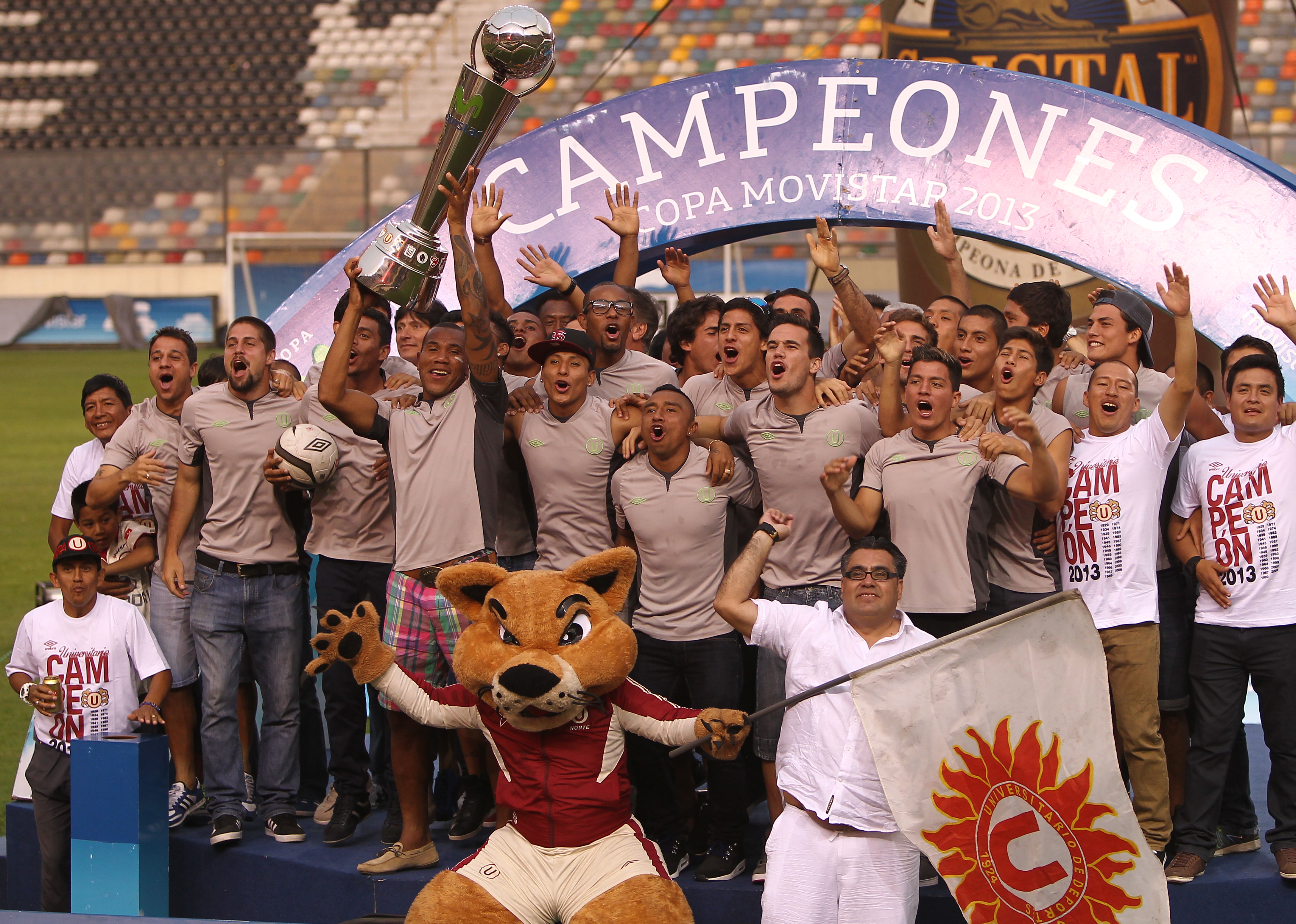
Club Universitario de Deportes, usually known as Universitario or often simply as La "U", are Peru's second-most supported club behind Alianza Lima.
Also based in the capital, Universitario were founded in 1924 and currently have more national championships than any other club in Peru. La "U" are supported by close to 10 million people.
28. Rosario Central
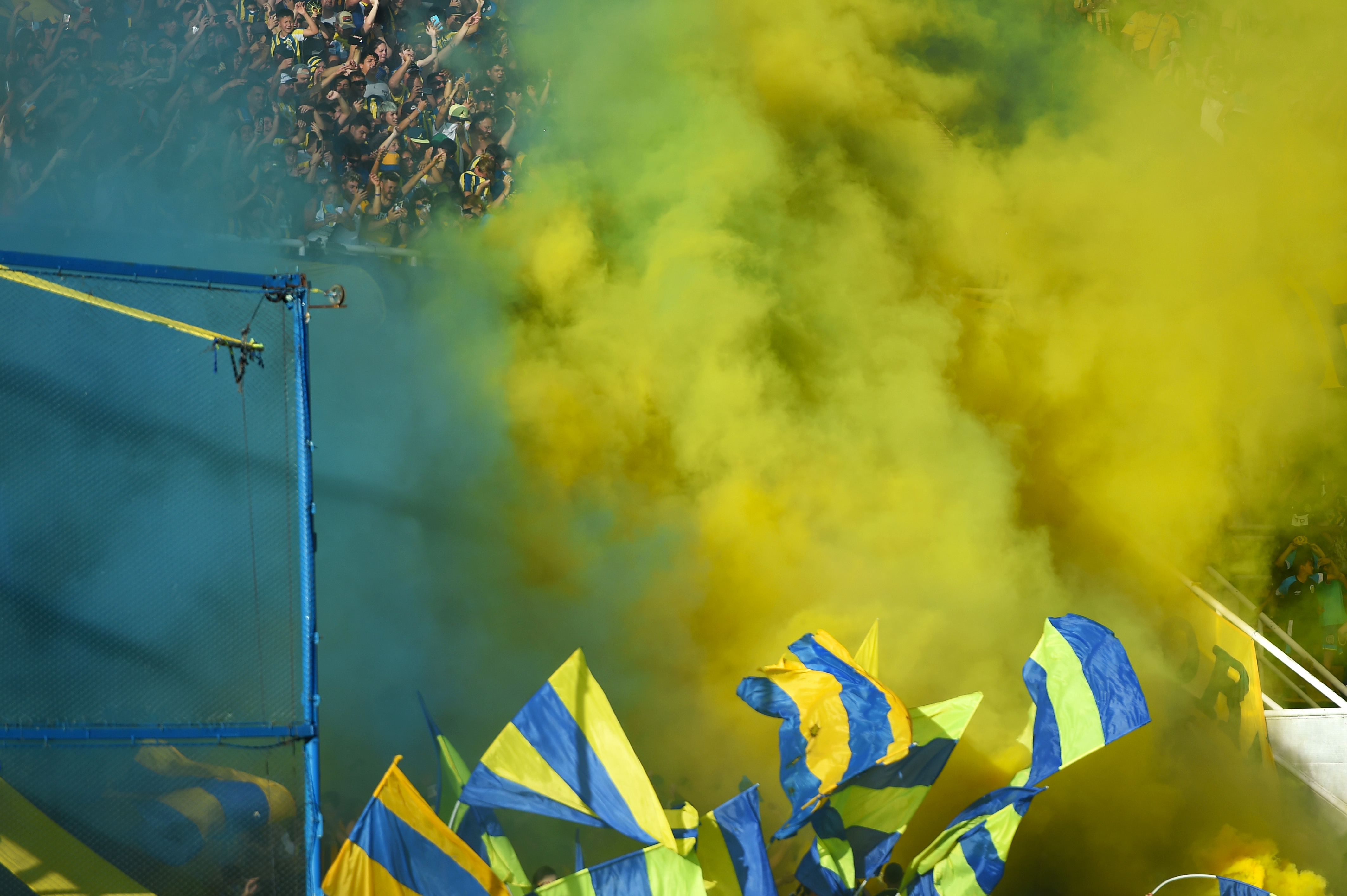
Founded in 1889 by a group of rail workers, Club Atlético Rosario Central are one of the oldest clubs in Argentina and indeed all of South America.
The first club from Argentina's interior to win a national championship, Central have four titles in total. The Rosario club are also the only team from the Santa Fe province to have won an international competition, having claimed the Copa CONMEBOL in 1995. Legendary Argentina striker Mario Kempes spent three years at Central before moving to Valencia in 1976 and Angel Di Maria began his career with the Rosario club.
27. Newell's Old Boys
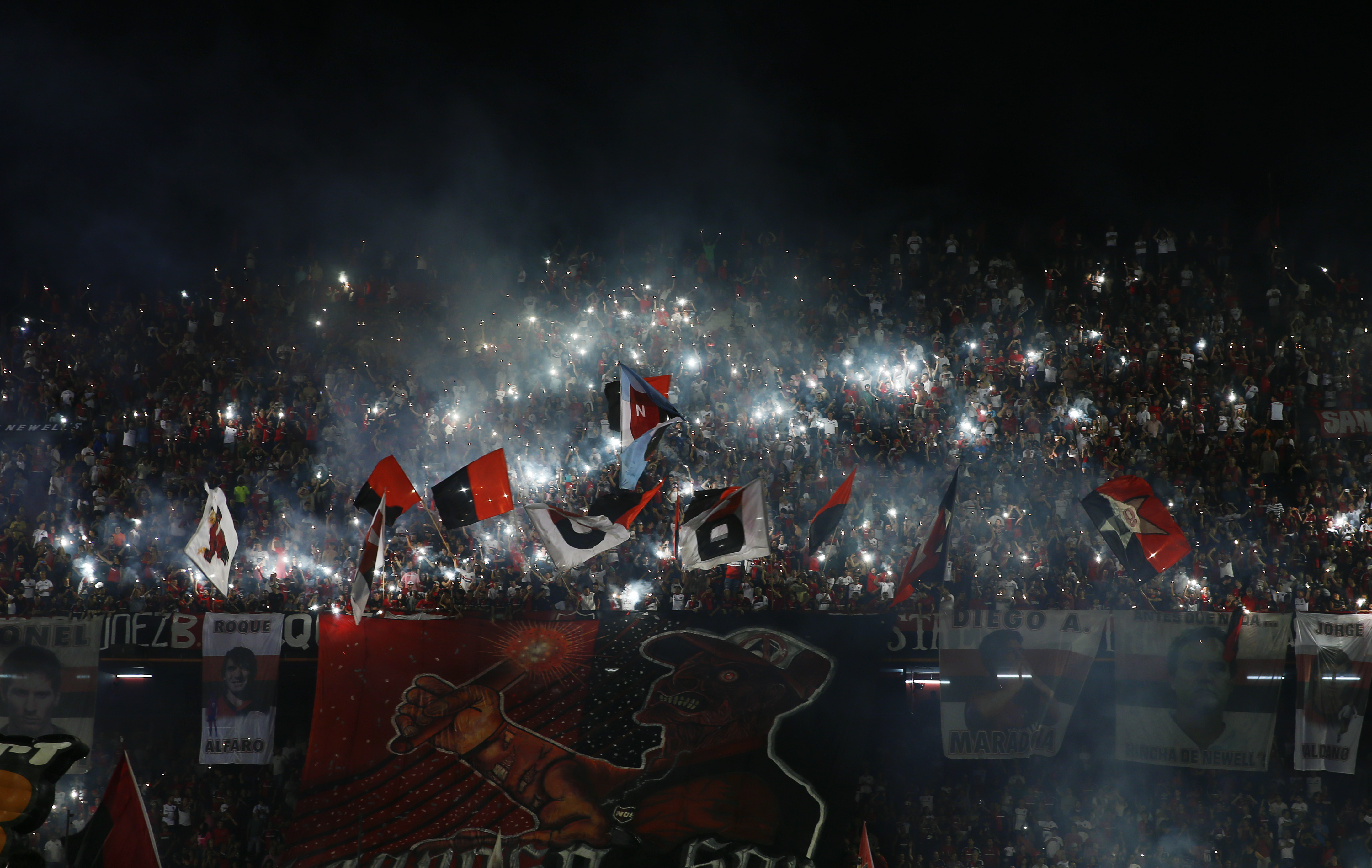
One of the biggest and most popular Argentine clubs outside Buenos Aires, Newell's Old Boys are based in Rosario and famously had Lionel Messi as a youth player.
Diego Maradona also had a short spell at the club after returning to Argentine football and Marcelo Bielsa is considered a legend at Newell's, having worked as a player, a scout and then a coach and led La Lepra (The Lepers) to two titles and a Copa Libertadores final in the early 1990s. Newell's have six Argentine titles in total and the club's stadium has been named Estadio Marcelo Bielsa since 2009.
26. Botafogo
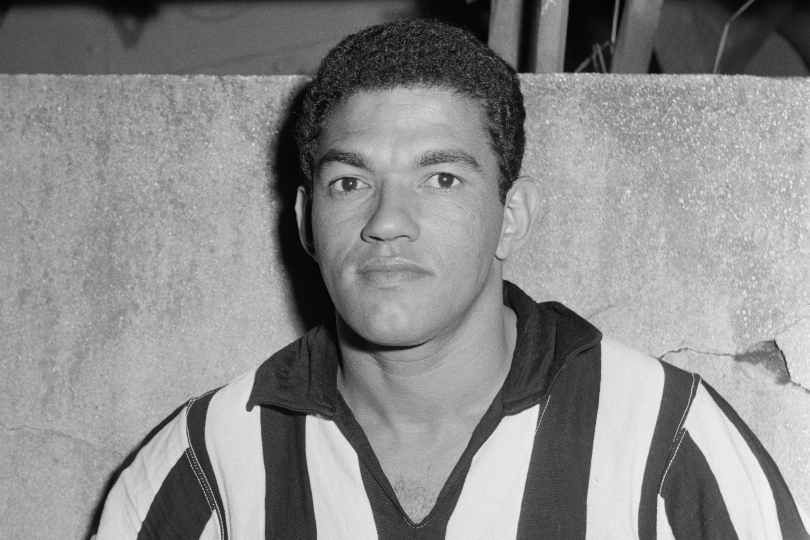
Founded in 1904 as a football and rowing club, Botafogo de Futebol e Regatas may be the least successful of Brazil's G-12 (Big Twelve) teams, but the Rio de Janeiro outfit has been home to some of the biggest legends in Brazilian football.
Garrincha, Nilton Santos, Mario Zagallo and Jairzinho all enjoyed long spells at Botafogo, making the club one of the most popular in Brazil and outside the country in the 1950s and 1960s. More recently, Dutch midfielder Clarence Seedorf finished his career with the Rio side.
25. Atlético Mineiro
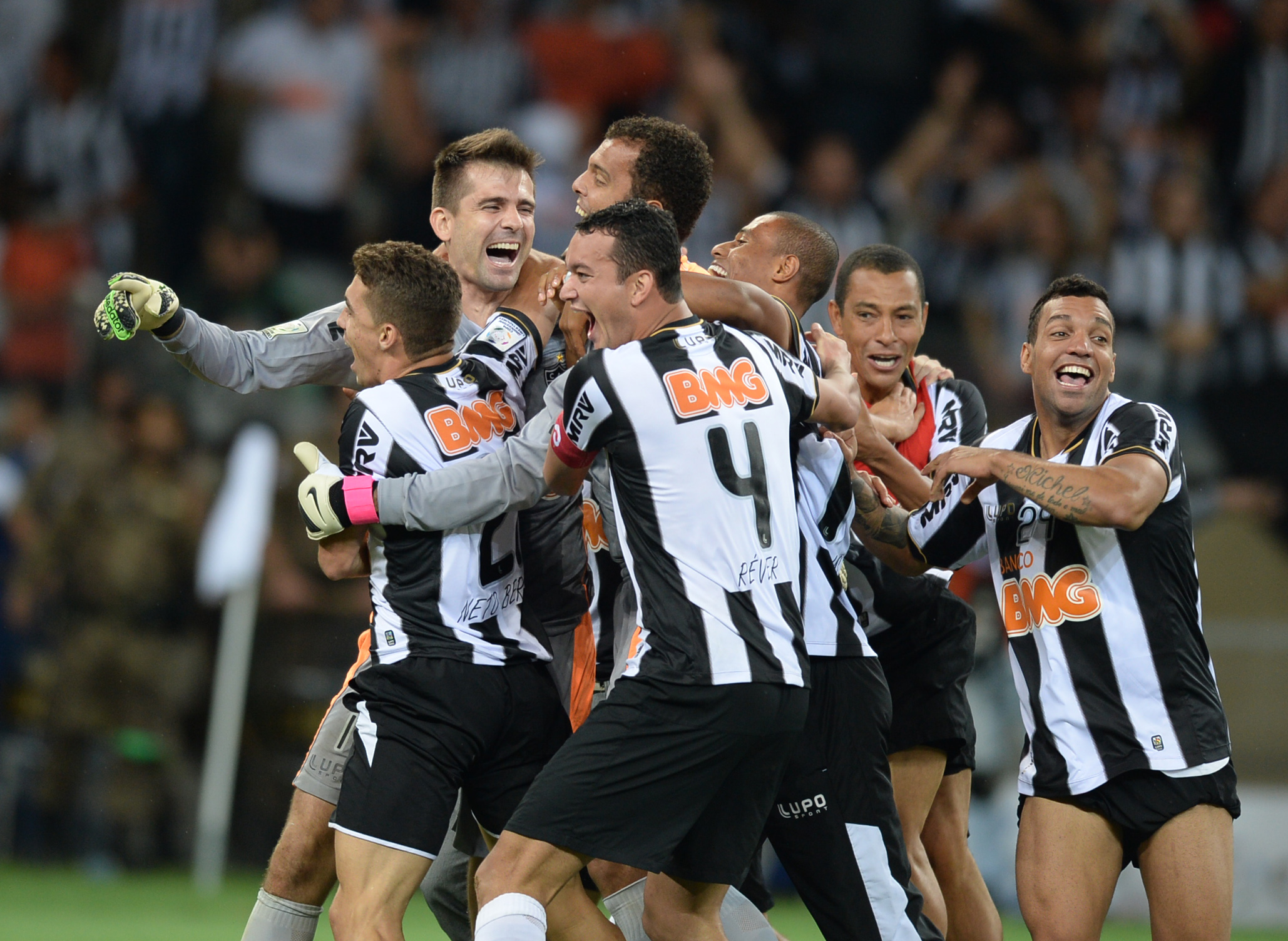
Based in Belo Horizonte, Clube Atlético Mineiro were founded in 1908 and are among the biggest clubs in Brazil – one of the nation's G-12 (Big Twelve) teams.
Copa Libertadores winners in 2013, Atlético beat Paraguayan side Olimpia on penalties in the final. Ronaldinho, Claudio Taffarel and Gilberto Silva are among the club's notable former players.
24. Olimpia
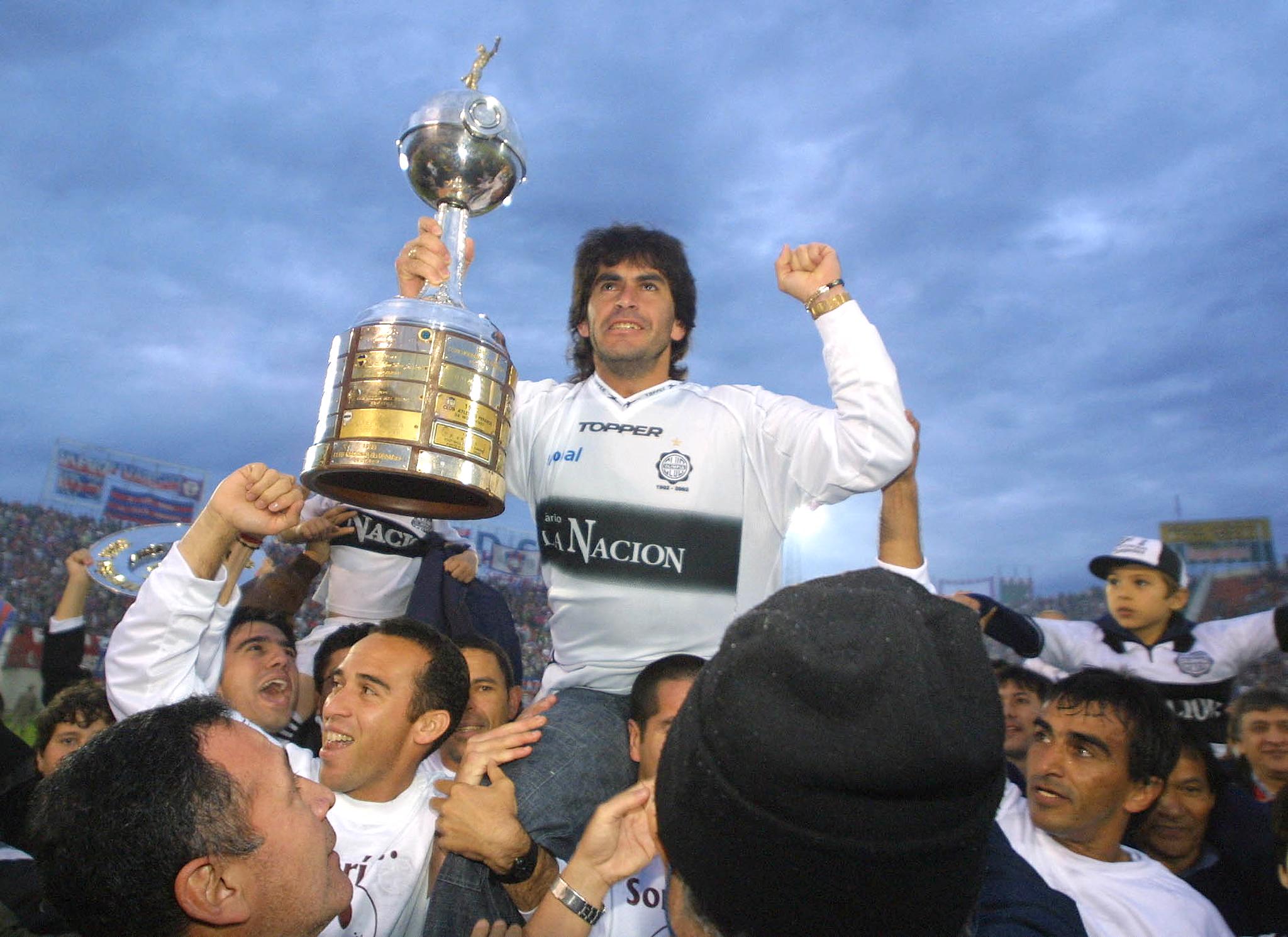
Club Olimpia are Paraguay's most successful side, with over 40 championships and three Copa Libertadores titles to their name – in 1979, 1990 and 2002.
Principally founded by a Dutchman in the capital Asunción, Olimpia also finished as runners-up in the Libertadores in 1960, 1989, 1991 and 2013. Former Paraguay striker Roque Santa Cruz started his career at Olimpia and later returned for five years between 2016 and 2021.
23. Fluminense
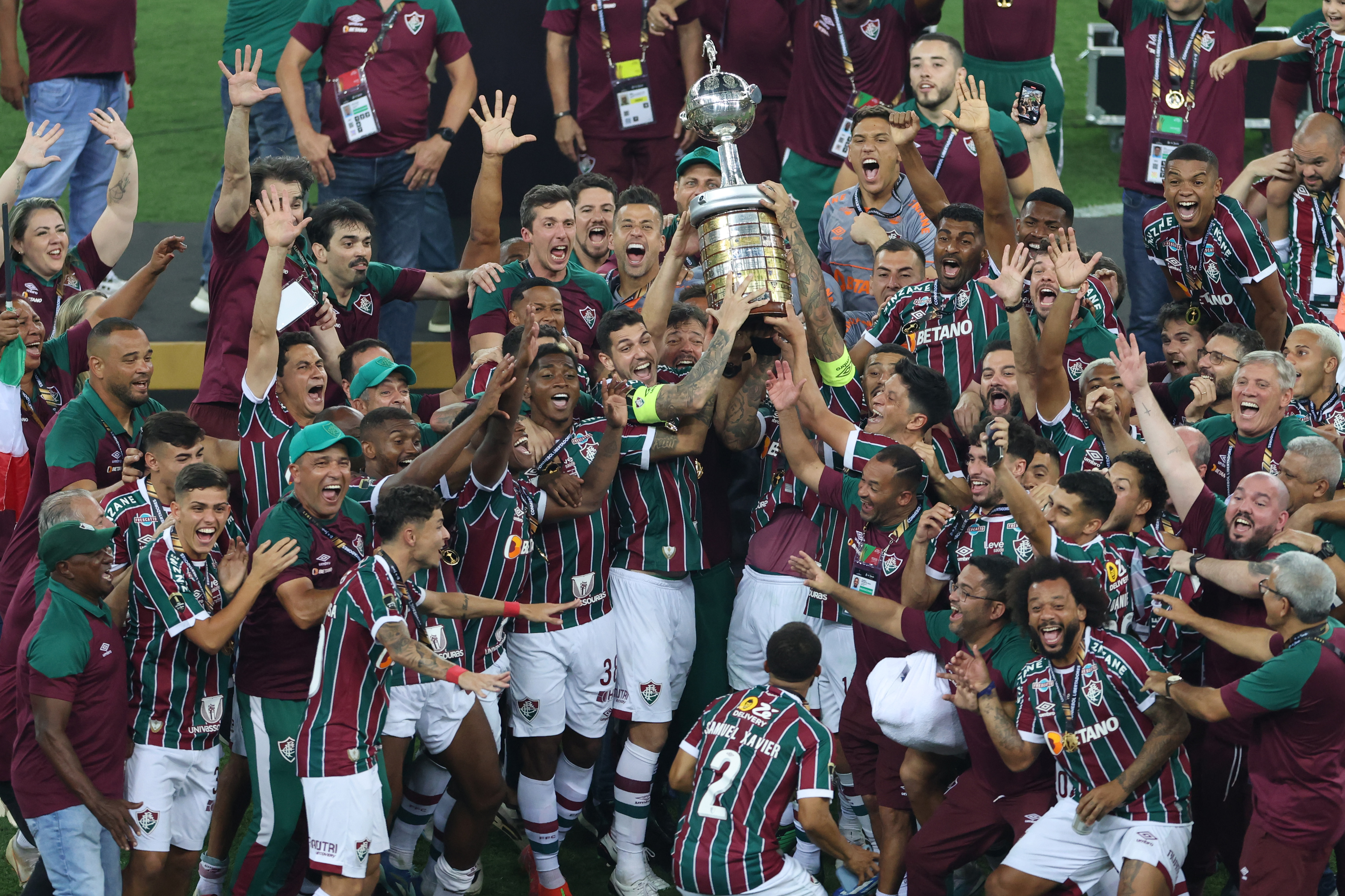
Founded in 1902, Fluminense are one of Brazil's biggest clubs, but the Rio de Janeiro outfit had to wait until 2023 to win the Copa Libertadores.
That triumph came following the return of Marcelo, who had started his career with Fluminense before joining Real Madrid in 2005. Other legendary players include Branco, Didi, Rivellino, Carlos Alberto and, more recently, Thiago Silva.
22. Barcelona Sporting Club
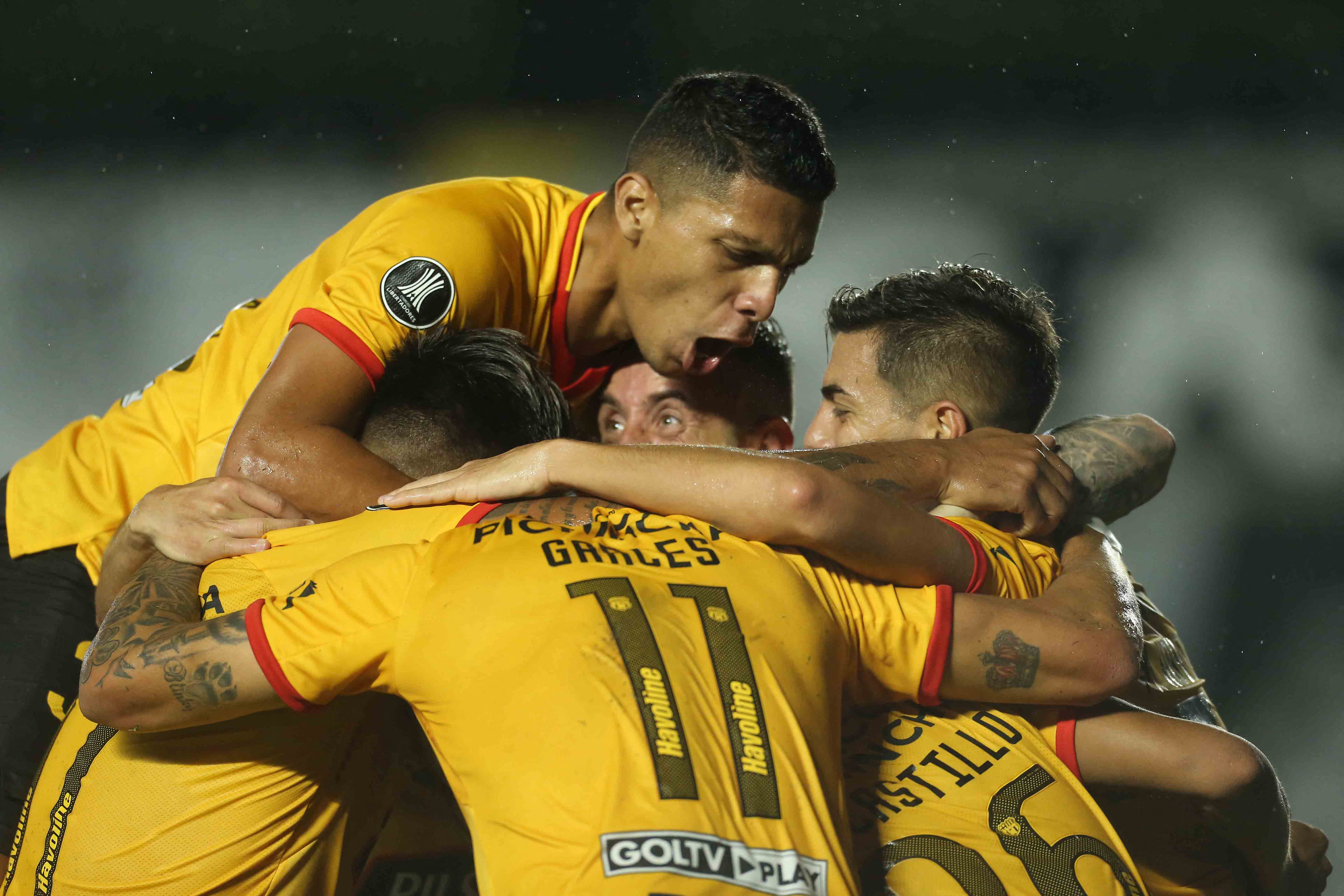
Named after the famous Catalan club, Ecuador's Barcelona Sporting Club are the nation's most popular team, with an estimated seven million fans.
Founded in 1925, Barcelona SC have won over 30 domestic championships and were Copa Libertadores runners-up in 1990 and 1998. Legendary Ecuadorian forward Alberto Spencer finished his career with the Guayaquil-based club.
21. Millonarios
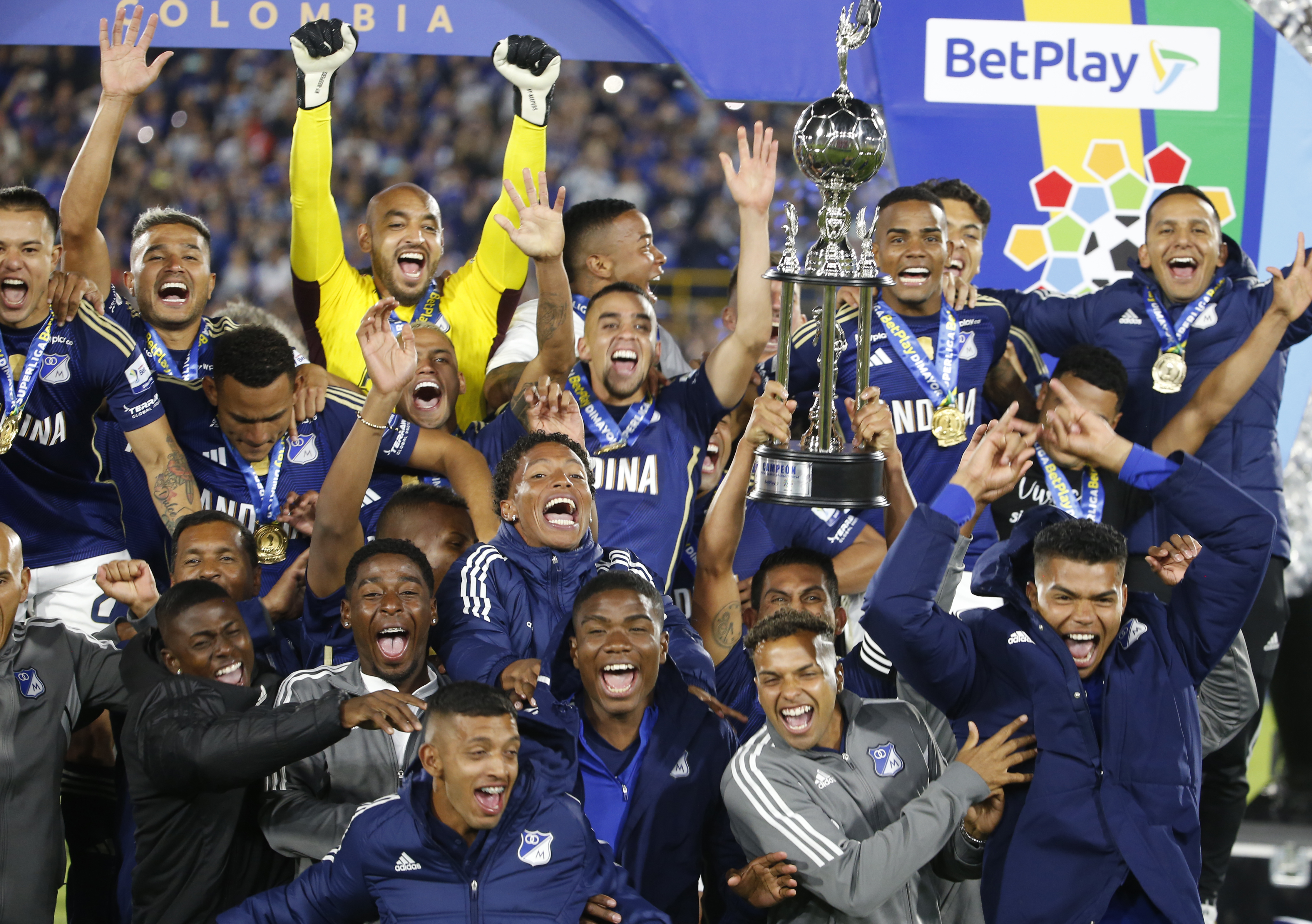
Founded in 1937 and based in the capital Bogotá, Millonarios are one Colombia's most successful and best-supported clubs.
Millonarios won 13 Colombian championships between 1949 and 1988, but had to wait until 2013 for their 14th following a long title drought. Millos have never been beyond the last four of the Copa Libertadores, but did win a Small Club World Cup in 1953, with the great Alfredo Di Stéfano in their team.
20. Internacional
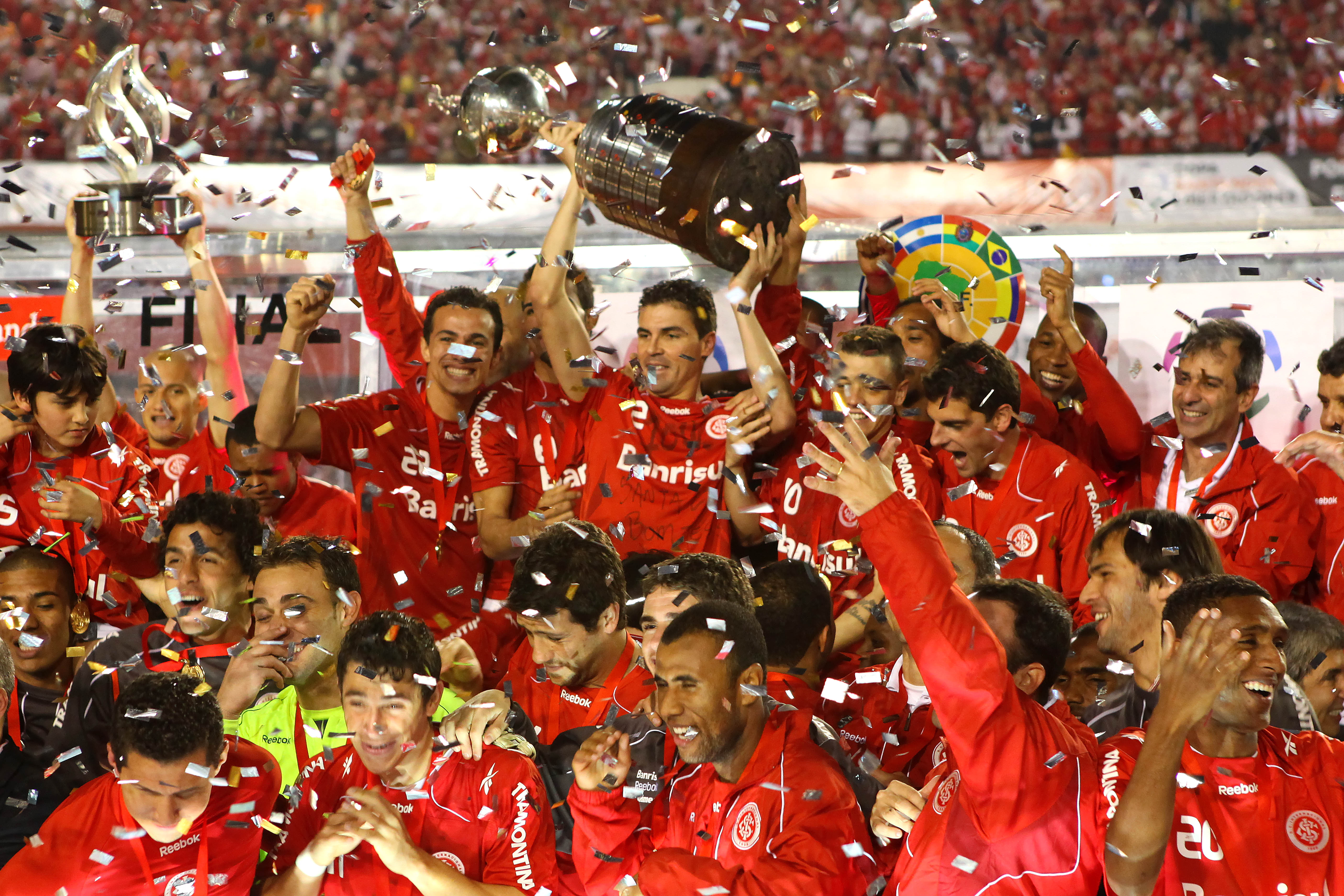
Sport Club Internacional were founded in 1909 and along with Porto Alegre rivals Grêmio, are one of Brazil's G-12 (Big Twelve) clubs.
Copa Libertadores winners in 2006 and 2010, Internacional also won the Club World Cup in the first of those years, beating Barcelona in the final. Former Brazil midfielder Falcão had a long spell at the club, while World Cup-winning captain Dunga started and finished his career with the Porto Alegre side. Ex-Brazil goalkeeper Claudio Taffarel also started out with the Reds.
19. Grêmio
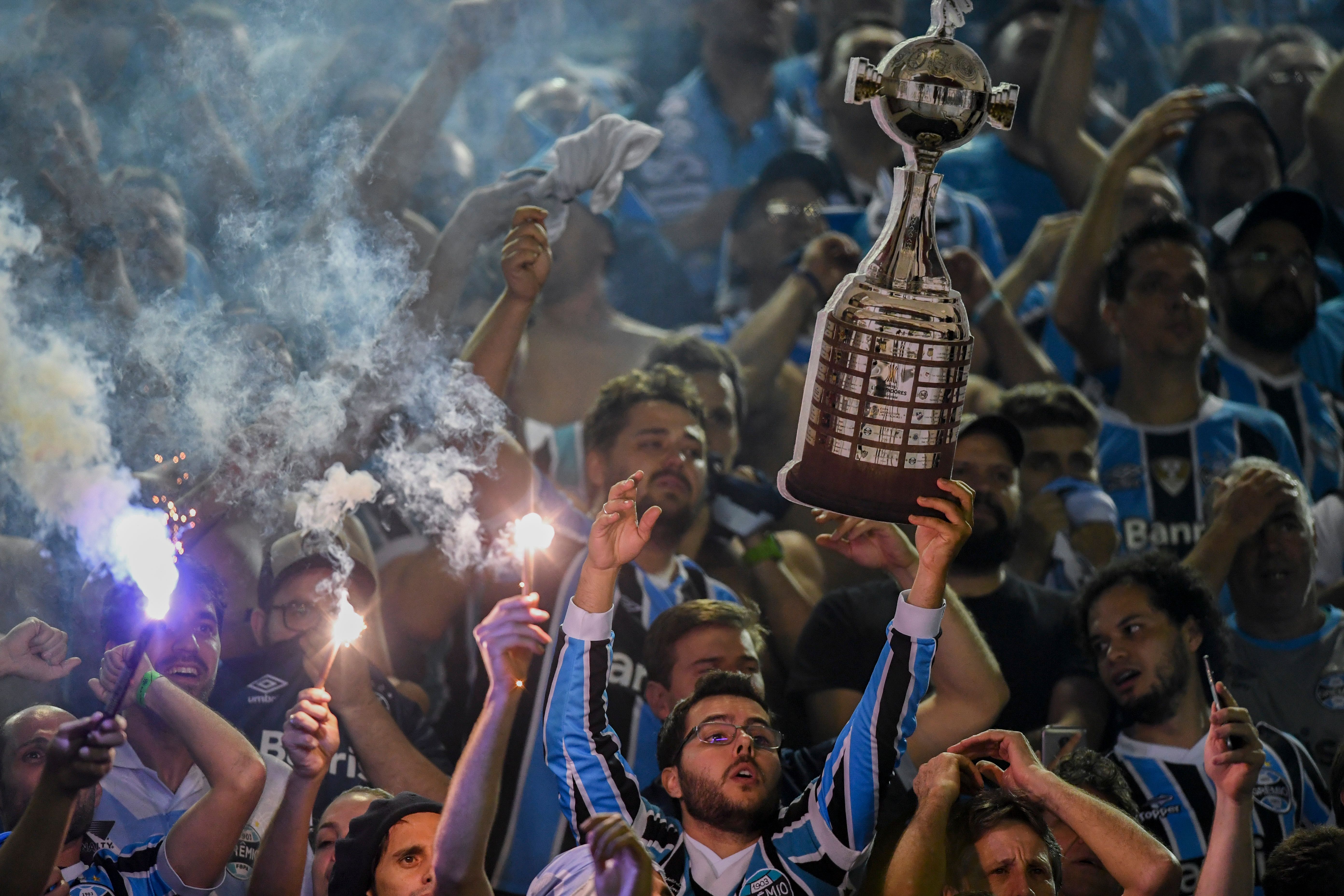
Founded in 1903, Grêmio Foot-Ball Porto Alegrense are one of Brazil's G-12 (Big Twelve) clubs and one of the most successful outside of Rio de Janeiro and São Paulo.
Three-time Copa Libertadores winners in 1983, 1995 and 2017, Grêmio share a huge local rivalry with Internacional in Porto Alegre. Ronaldinho started his career in the iconic blue, black and white shirt.
18. Estudiantes
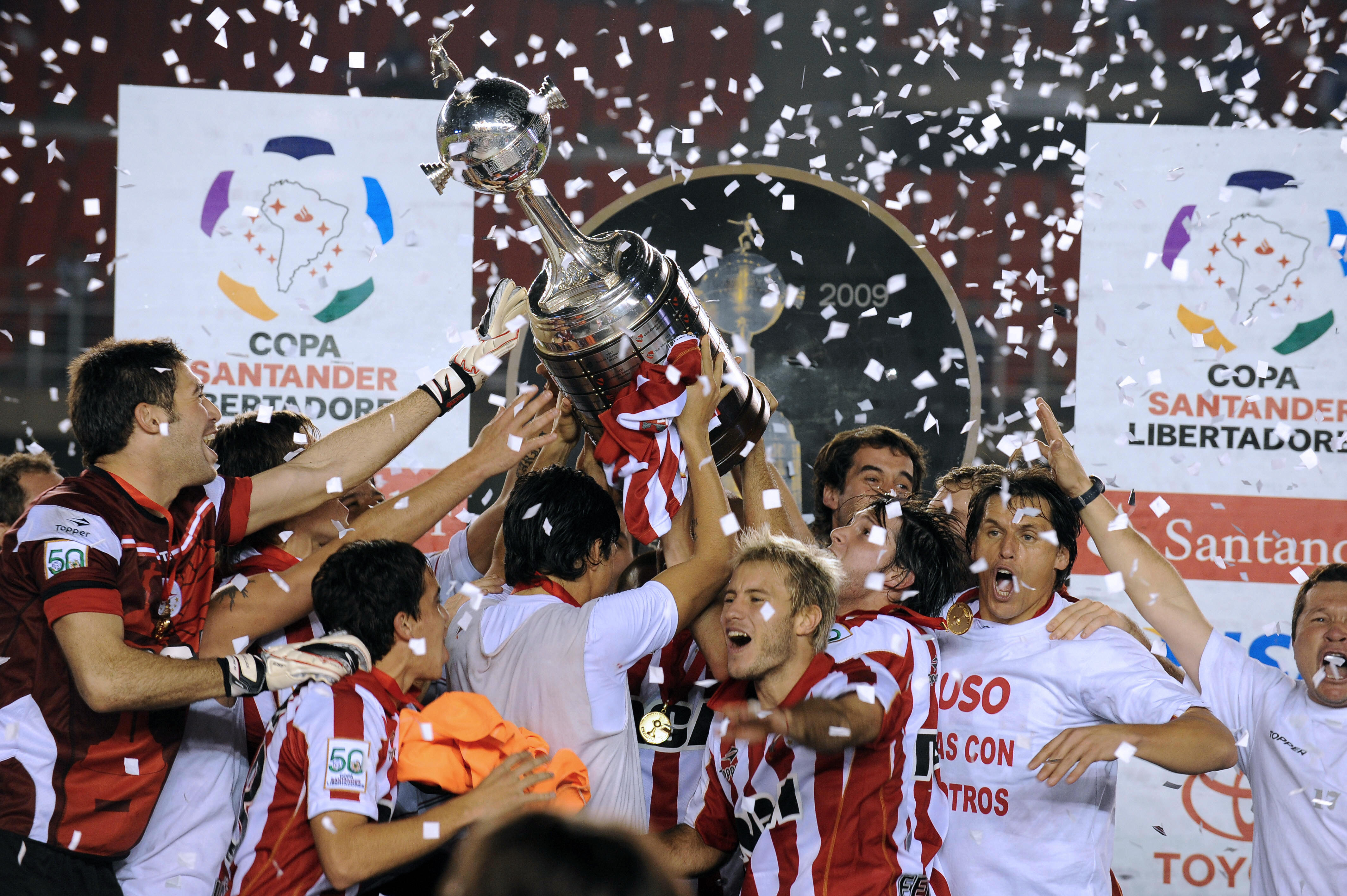
Estudiantes de La Plata are Argentina's most successful side outside of Buenos Aires and famously won the Copa Libertadores three times in a row between 1968 and 1970.
Intercontinental Cup winners in 1968 as well, Estudiantes added another Copa Libertadores crown in 2009. Notable former players include Carlos Bilardo, Alejandro Sabella and Jose Luis Brown. More recently, Enzo Perez and Juan Sebastian Veron were both in the team for their 2009 Libertadores triumph.
17. Atlético Nacional
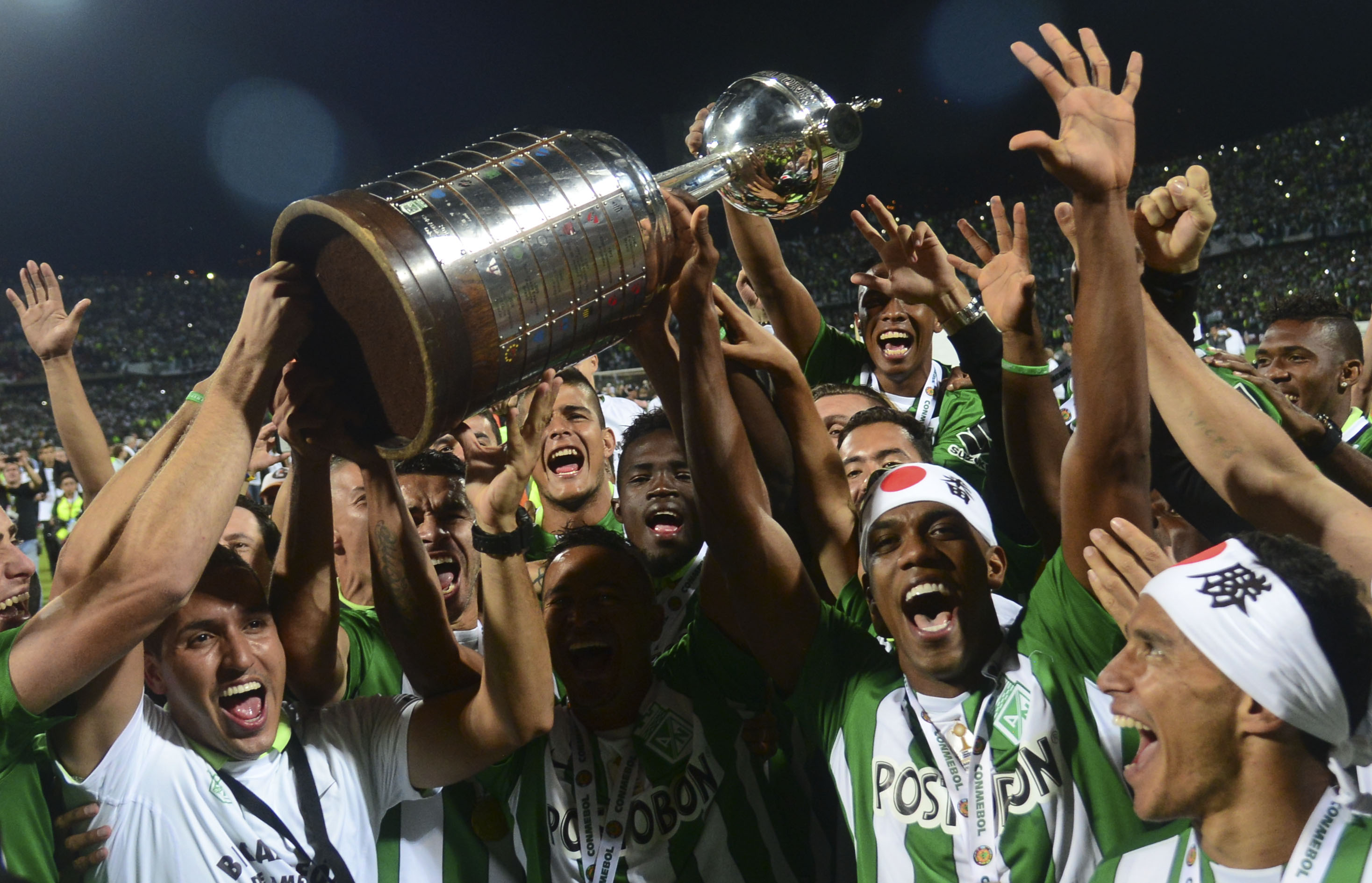
Atlético Nacional are Colombia's best-supported club, with an estimated 11 million fans, and also the nation's most successful side.
Copa Libertadores winners in 1989 and 2016, the Medellín-based outfit have also won more domestic championships than any other Colombian club. Legendary former players include René Higuita, Francisco Maturana and Andrés Escobar. More recently, Argentine goalkeeper Franco Armani and Colombian defender Davinson Sanchez have played for Atlético.
16. Alianza Lima
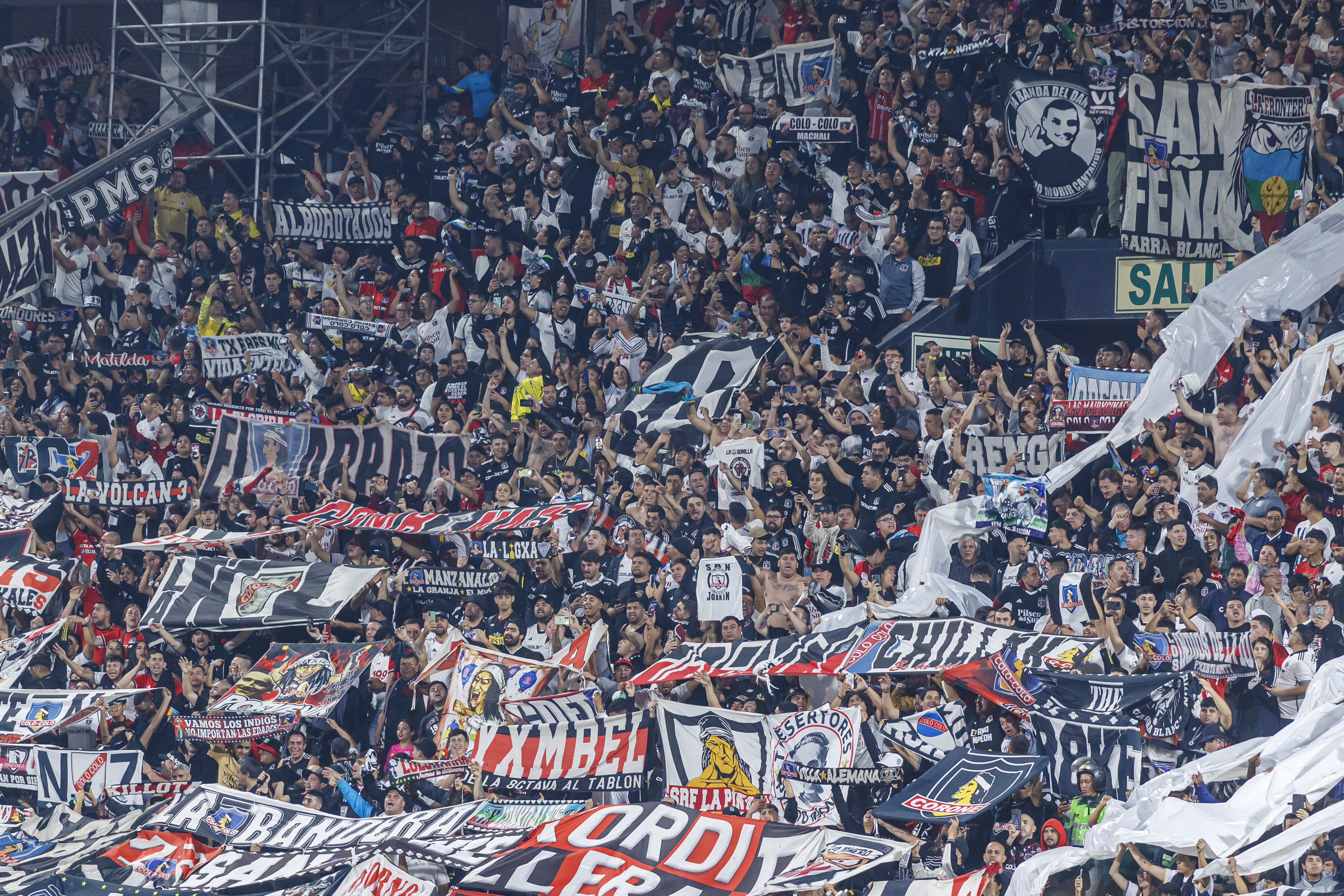
Club Alianza Lima were founded in 1901 and are one of Peru's most successful sides. By 2022, the Blue and Whites had racked up 25 domestic championships, with at least one title won in every decade since the 1910s, with the exception of the 1980s.
Alianza are Peru's most popular club and one of the best-supported in South America, with well over 12 million fans. Legendary Peru forward Teófilo Cubillas began his career with Alianza Lima and later returned for three more spells with the capital club.
15. Cruzeiro
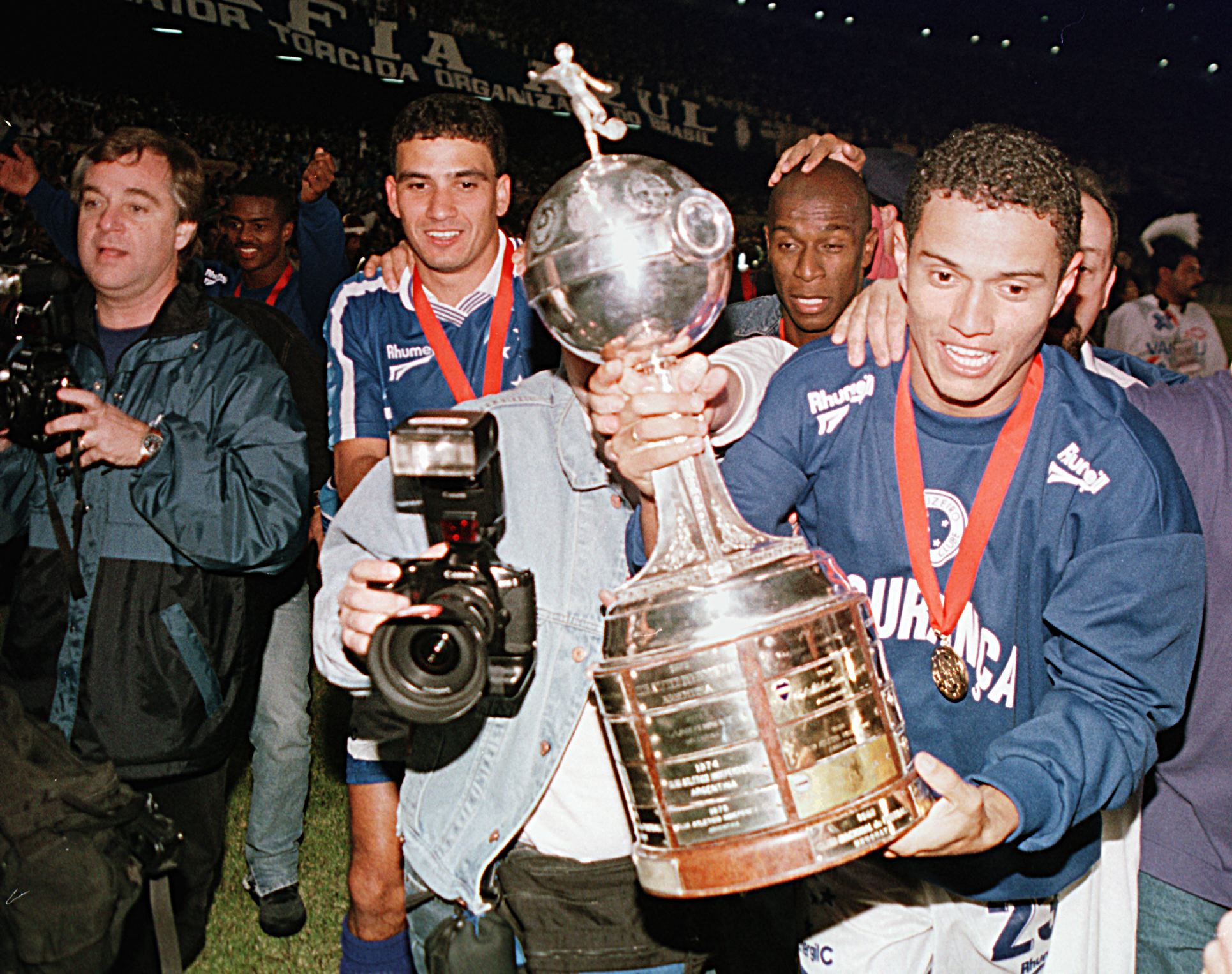
Founded in 1921, Cruzeiro Esporte Club are based in Belo Horizonte and are one of Brazil's best-supported clubs, with an estimated seven million supporters. As well as a string of regional and national titles, Cruzeiro won the Copa Libertadores in 1976 and again in 1997.
Brazil's 1970 World Cup-winning attacker Tostão spent most of his career at Cruzeiro and is the club's all-time top scorer. Legendary striker Ronaldo also started out at Cruzeiro before moving to PSV in 1994 and goalkeeper Dida had a four-year spell at the club.
14. Colo-Colo
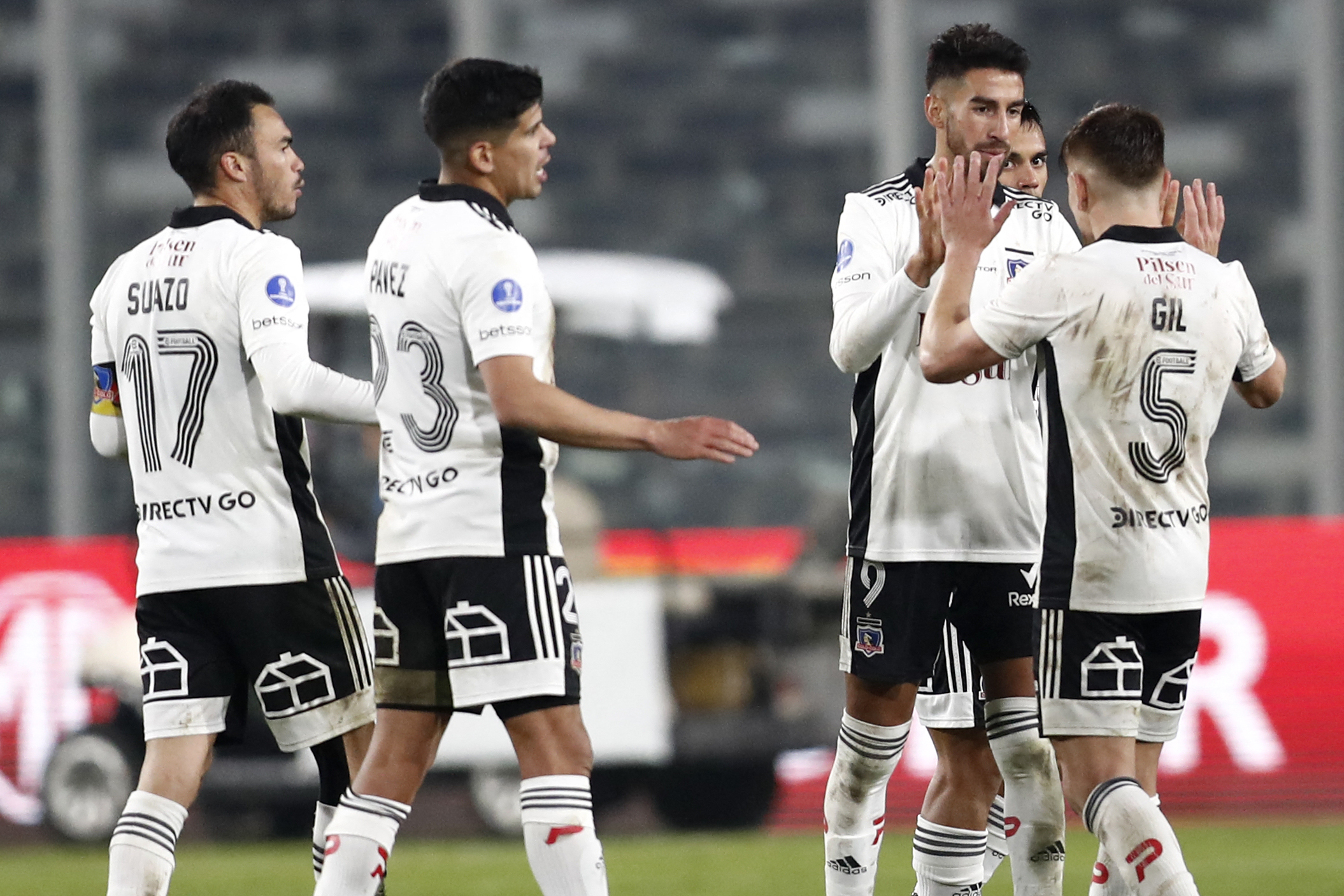
Club Social y Deportivo Colo-Colo were founded in 1925 and are Chile's biggest and most successful side, with over 30 championships.
Based in the capital Santiago, Colo-Colo won the Copa Libertadores in 1991 and were runners-up in 1973. Former Chile striker Carlos Caszely scored over 200 goals for Colo-Colo, while defender Luis Mena won a record 11 titles with the Santiago side and Ivan Zamorano finished his career with the club in 2003.
13. San Lorenzo
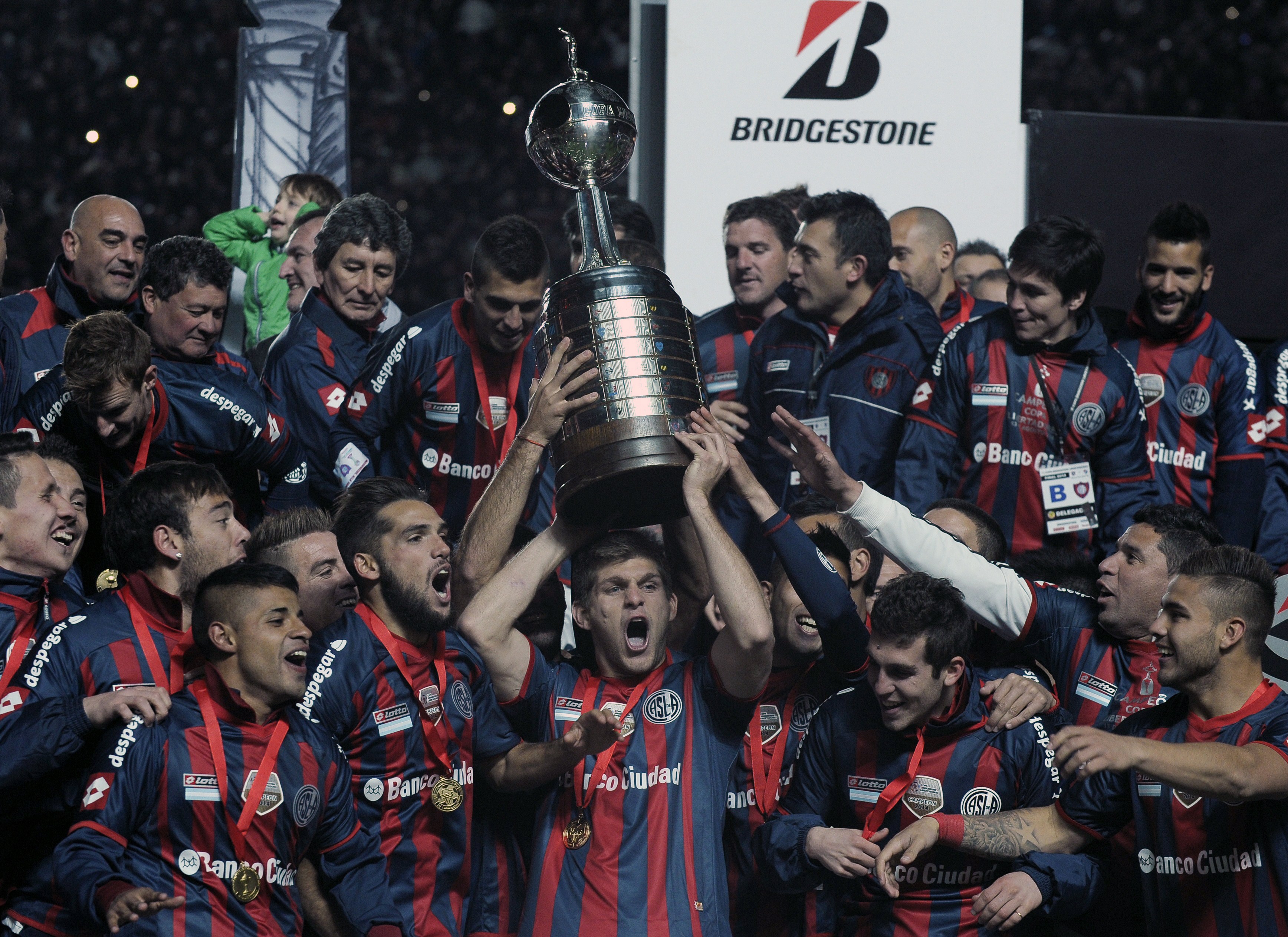
Considered one of Argentina's cinco grandes (big five), Club Atlético San Lorenzo de Almagro have won domestic titles in every decade since the 1920s, except the 1980s.
In their 1968 championship, San Lorenzo became the first Argentine club to complete a season without defeat in the professional era. Los Santos won the Copa Libertadores in 2014. Notable former players include legendary Spanish striker Isidro Lángara and former Argentina forward Beto Acosta, who featured for San Lorenzo in four different spells.
12. Vasco da Gama
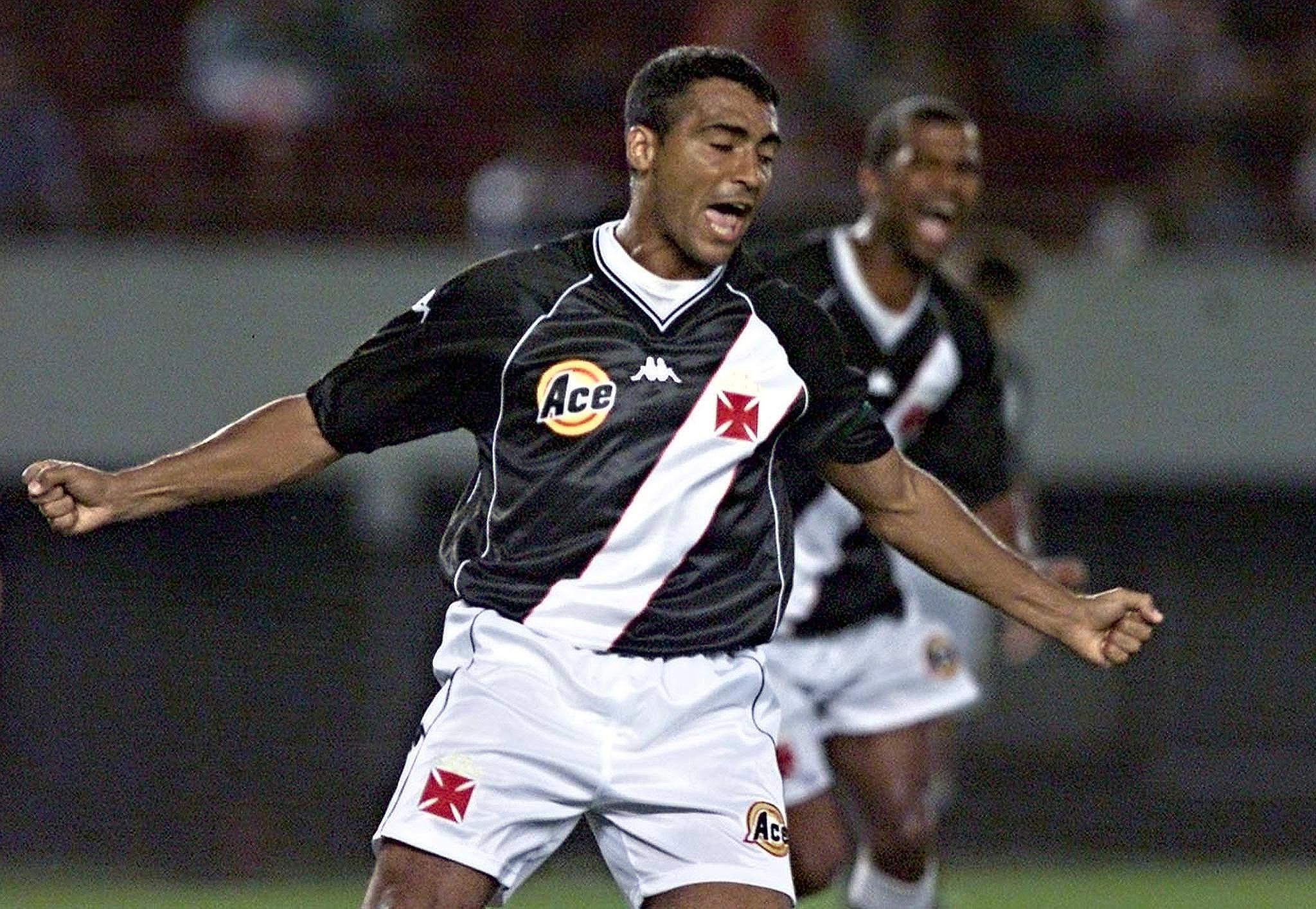
Founded as a rowing and multi-sports club by Portuguese immigrants and Portuguese Brazilians in 1898 and named after the Portuguese explorer, Vasco da Gama opened its football department in 1915.
Based in Rio de Janeiro, Vasco became a symbol for anti-racism and multiculturalism and adopted as its motto "Respeito, igualdade, inclusão" (Respect, equality, inclusion). One of Brazil's best-supported sides to this day, Vasco is known for its impressive youth academy, having developed the likes of Romario, Hilderaldo Bellini, Edmundo, Roberto Dinamite and Philippe Coutinho. The Rio outfit won the Copa Libertadores in 1998.
11. Racing Club
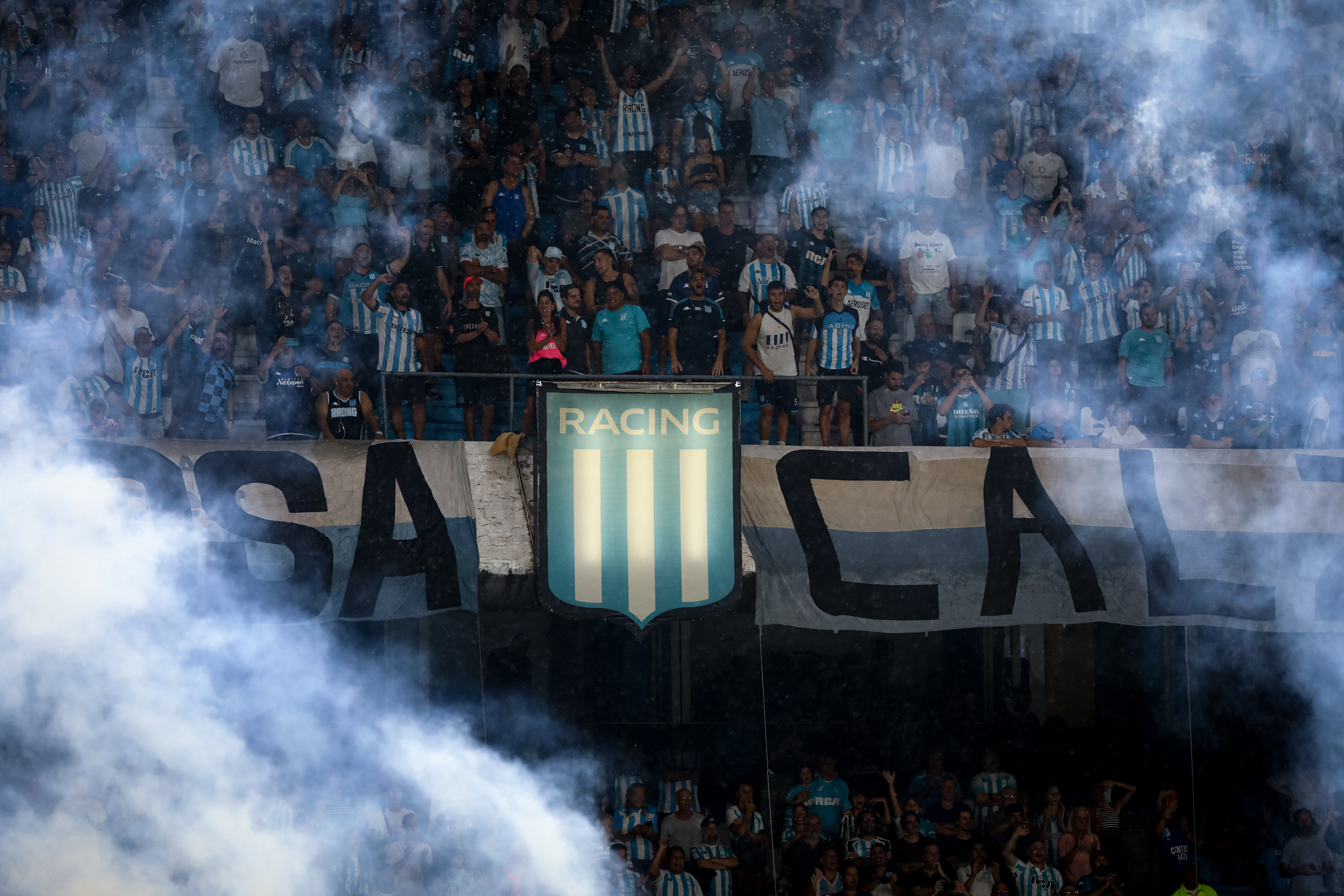
Based in Avellaneda in Greater Buenos Aires, Racing Club were founded in 1903 and quickly enjoyed success, becoming the first club in the world to win seven successive titles.
That feat was achieved between 1913 and 1919 and has only been matched in recent times by Lyon, Juventus and Bayern Munich. Copa Libertadores winners in 1967, Racing went on to win the Intercontinental Cup later in the year. Known as La Academia (The Academy), Racing's rivalry with Independiente is fierce and the teams' derby clash is the second biggest in Argentina after Boca Juniors versus River Plate. Legendary players include Oreste Corbatta, Roberto Perfumo and, more recently, Diego Milito.
10. Nacional
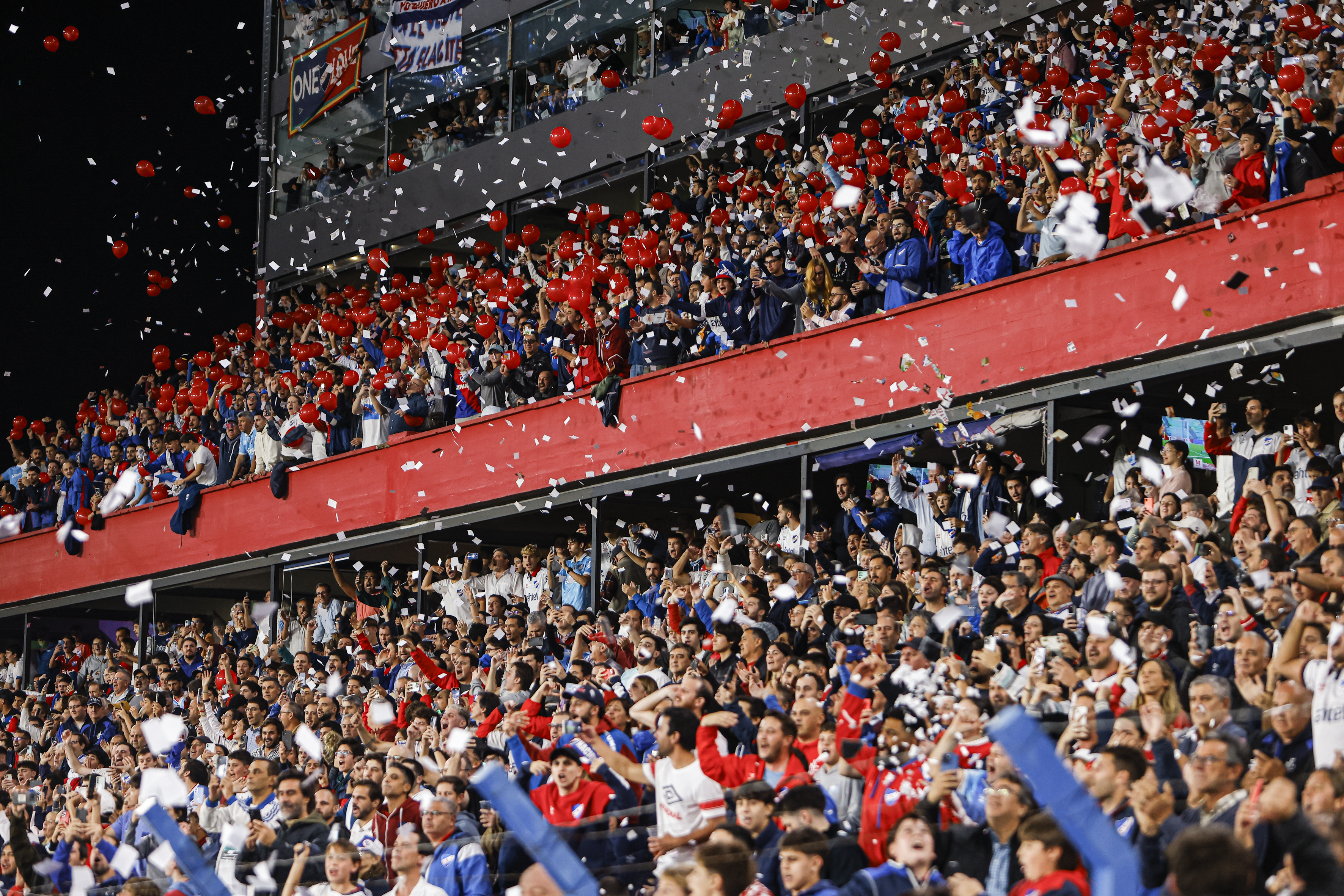
Founded in 1899, Nacional have dominated Uruguayan football together with Montevideo rivals Peñarol, winning their 49th domestic championship in 2022.
Nacional are also three-time winners of the Copa Libertadores – in 1971, 1980 and 1988 – and went on to claim the Intercontinental Cup in each of those years. Notable former stars include 1930 World Cup winner and "Black Marvel" Jose Leandro Andrade, 1950 hero Schubert Gambetta and Jose Santamaria, who went on to win several European Cups with Real Madrid. More recently, Luis Suarez began his career at Nacional and returned for a second spell in 2022.
9. Peñarol
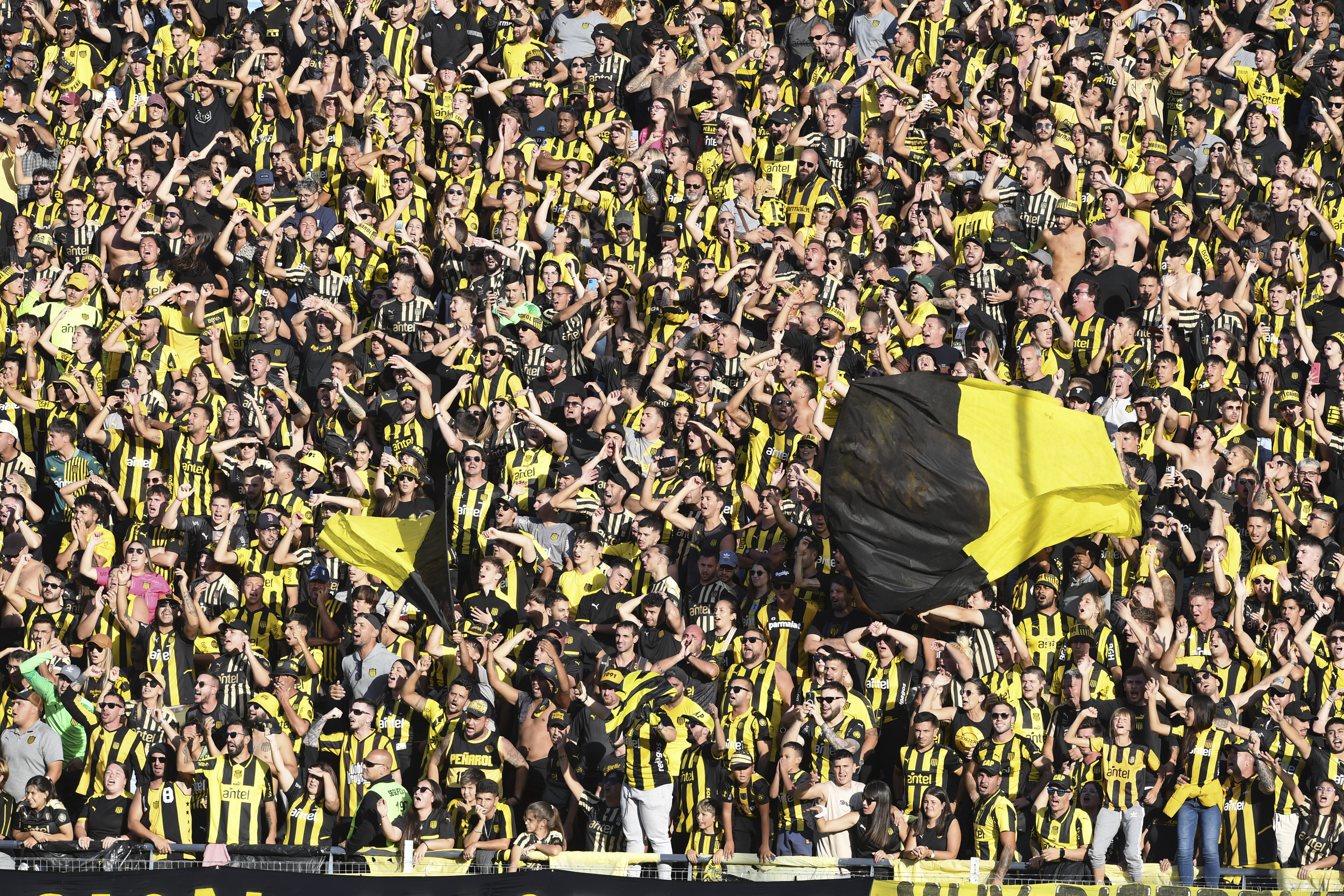
Club Atlético Peñarol won the first two editions of the Copa Libertadores and claimed the continental crown five times in total between 1960 and 1987.
Founded in 1891, Peñarol are Uruguay's best-supported and most successful club, with over 50 domestic championships. Three-time winners of the Intercontinental Cup as well, the Montevideo-based side's yellow and black shirts are world famous. Legendary players include Ecuador-born forward Alberto Spencer, Chilean defender Elias Figueroa and Uruguay 1950 World Cup winners Obdulio Varela and Juan Schiaffino.
8. Independiente
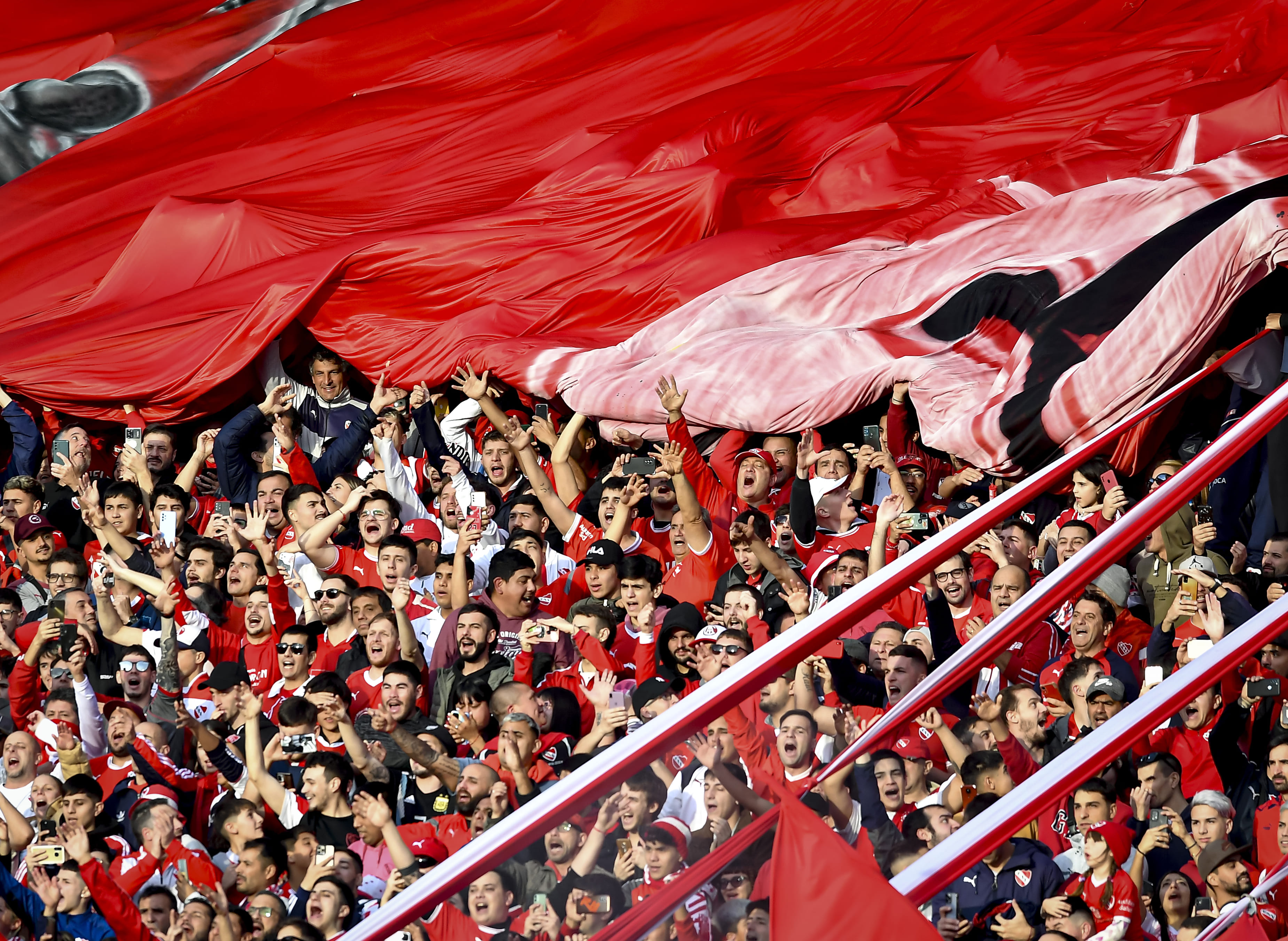
Club Atlético Independiente are nicknamed Rey de Copas (King of Cups) due to their extraordinary success in the Copa Libertadores – but El Rojo (the Red one) have not won a continental crown since 1984.
Seven-time Copa Libertadores winners between 1964 and 1984, Independiente claimed Copa Sudamericana titles more recently – in 2010 and 2017. The biggest club legend is Ricardo Bochini, who was admired by Diego Maradona. Sergio Agüero also started his career with the club based in Avellaneda, in Greater Buenos Aires.
7. Santos
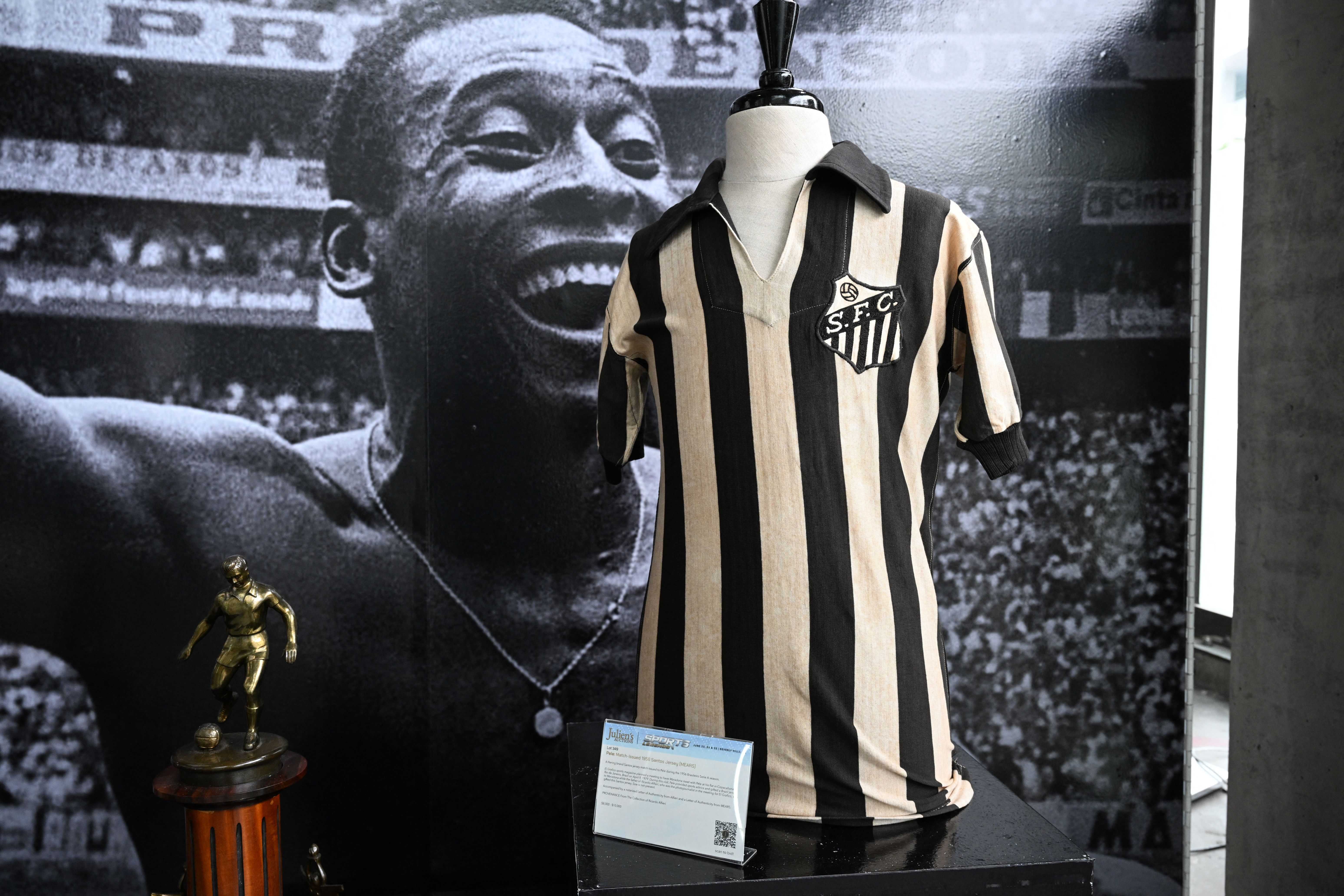
Santos became one of the world's most famous football clubs in the 1950s and 1960s, thanks to the legendary figure of Brazil's biggest icon: Pelé.
Two-time Copa Libertadores winners in Pelé's time and twice Intercontinental Cup champions in the early 1960s as well, Santos added another continental crown with Neymar in 2011. Relegated for the first time in their history in 2023, the club vowed not to use Pelé's iconic number 10 shirt until their return to the top flight.
6. Palmeiras
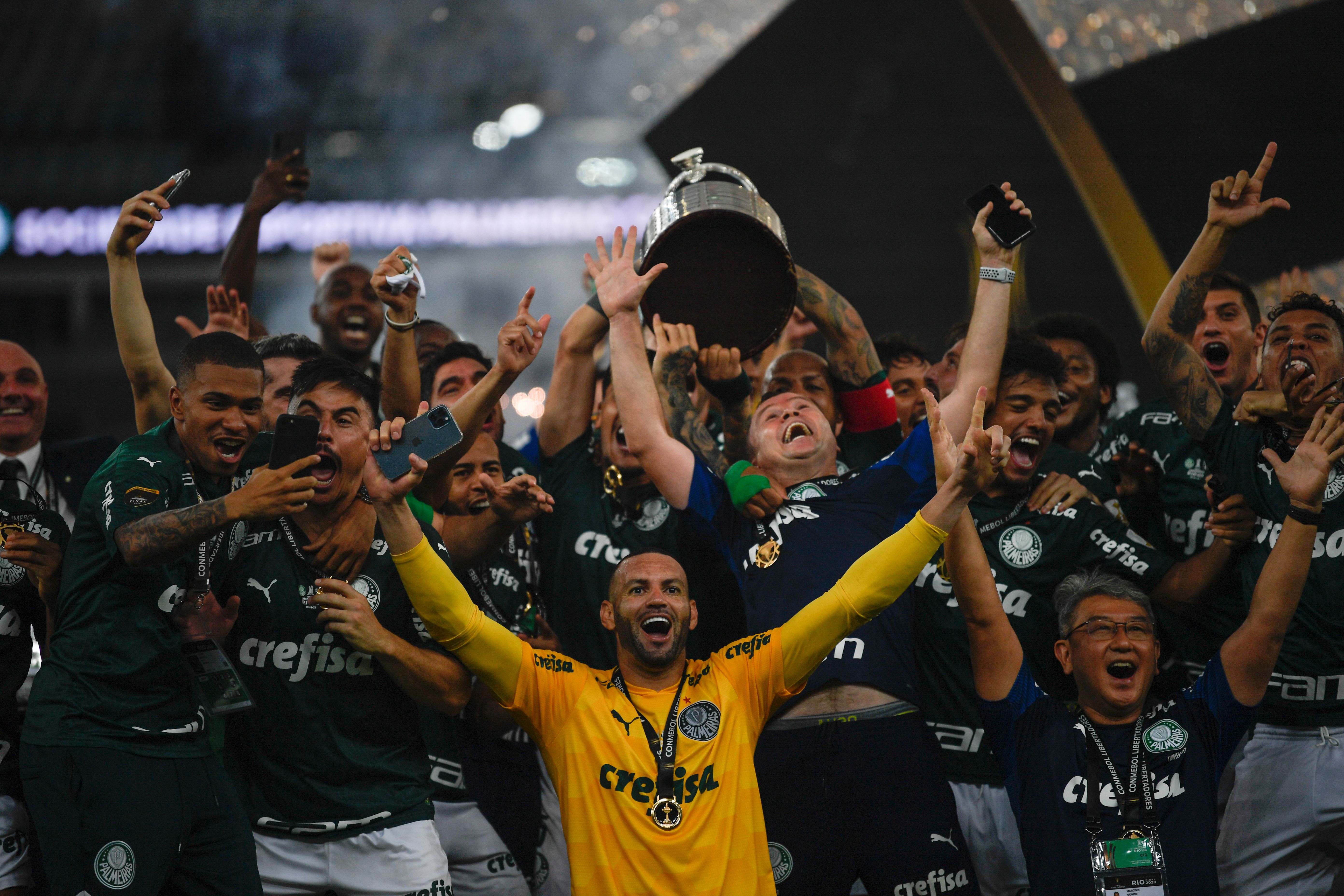
Palmeiras won the Copa Libertadores in 2020 and retained the trophy in 2021, having previously claimed the continental crown in 1999.
One of São Paulo's biggest and best-supported sides, it is estimated that Palmeiras have over 20 million fans. Founded by Italian immigrants as Palestra Italia in 1914, the club changed its name in 1942. Notable former players include Roberto Carlos, Rivaldo and Djalma Santos, while exciting youngsters Endrick and Estevao WIllian have both recently come through the club's youth academy.
5. São Paulo
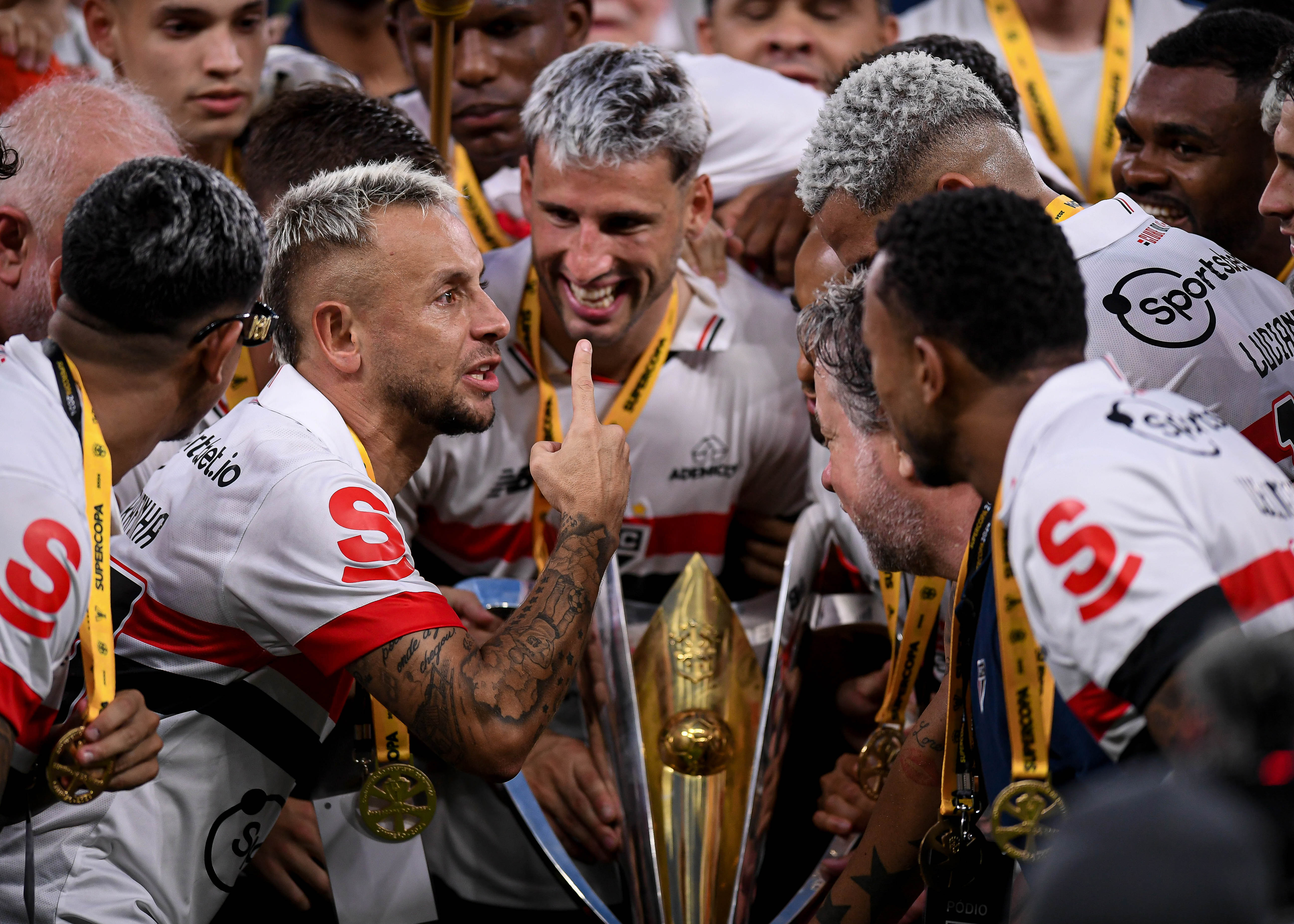
One of two clubs never to have been relegated from Brazil's top flight, São Paulo are one of the nation's most successful and best-supported clubs.
Founded in 1930, São Paulo have enjoyed spectacular success and are sometimes nicknamed Campeão de Tudo (Champion of Everything) after becoming the first Brazilian football club to win every available title – including a Club World Cup in 2005. Notable former stars include Cafu, Kaka, Rai and legendary goalkeeper Rogerio Ceni.
4. Corinthians
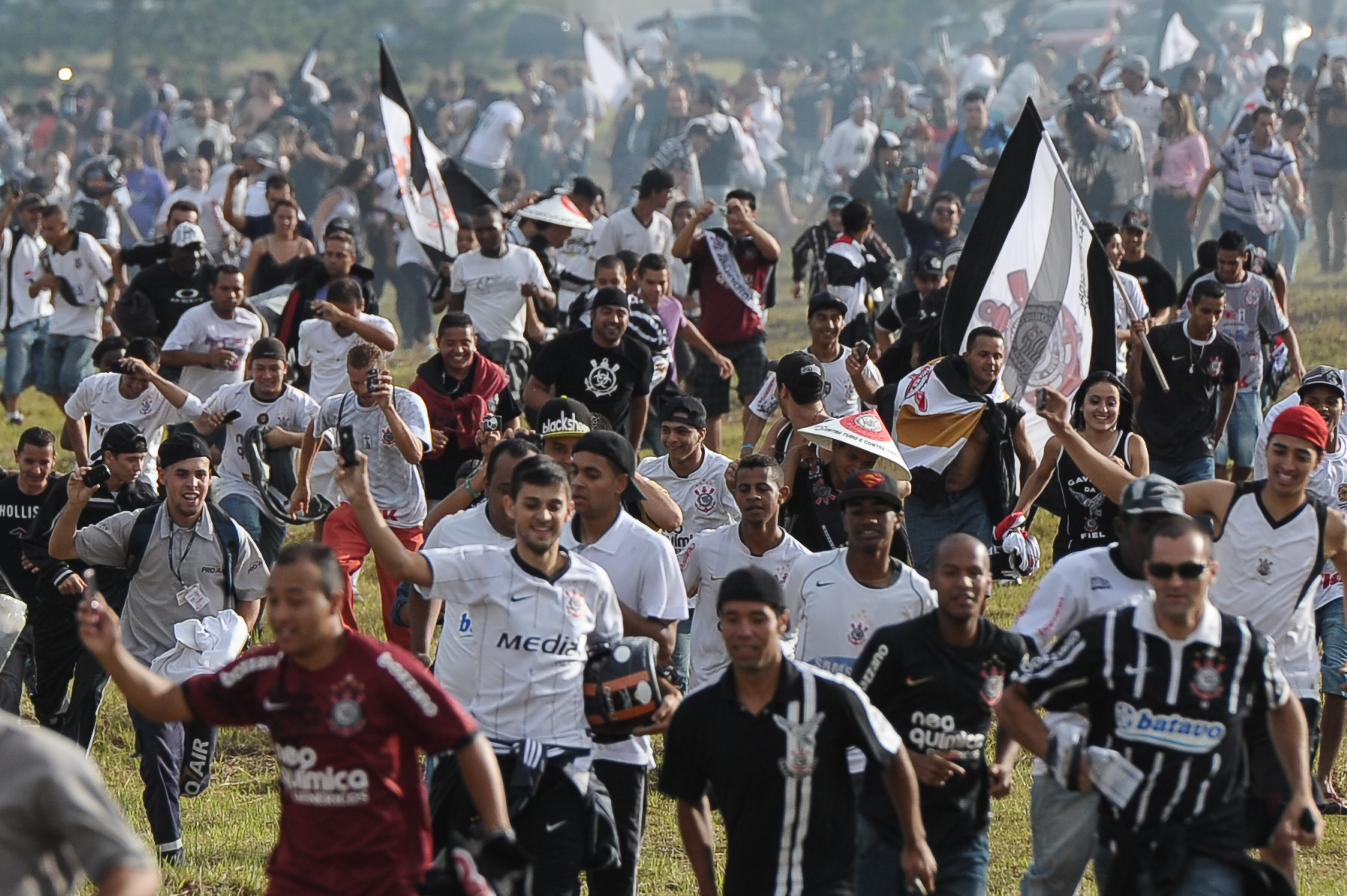
Founded in 1910, Sport Club Corinthians Paulista are Brazil's best-supported club after Flamengo and the biggest in the city of São Paulo, with over 30 million fans.
Named after the now-defunct London-based amateur club Corinthian, the Brazilian side won the inaugural FIFA Club World Championship in 2000 and also the Club World Cup in 2012. Club legends include Rivellino and Socrates. More recently, Carlos Tevez and Javier Mascherano played there.
3. Flamengo
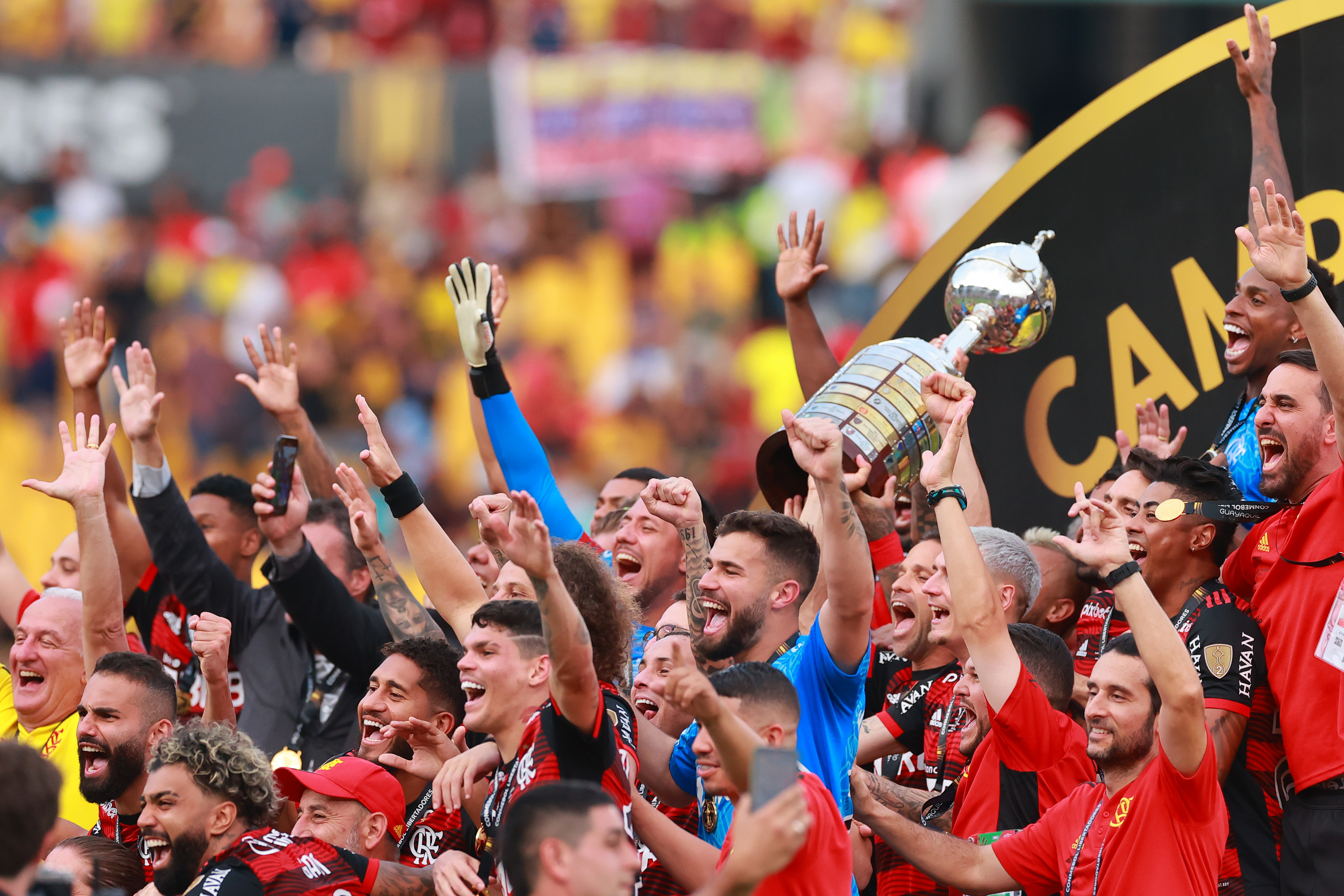
Founded prinicipally as a rowing club in 1895, Clube de Regatas do Flamengo played their first football match in 1912 and went on to become Brazil's biggest and most popular team.
One of just two Brazilian clubs never to have been relegated, Flamengo are supported by over 20% of the nation's population. The Rio de Janeiro side have consistently been one of the most successful clubs at home and across South America. Led by the legendary Zico, Flamengo beat Liverpool 3-0 to win the Intercontinental Cup in 1981. The Rio side had previously won the Copa Libertadores that year and added two more titles in 2019 and 2022. Vinicius Junior began his career with Flamengo before moving to Real Madrid.
2. River Plate
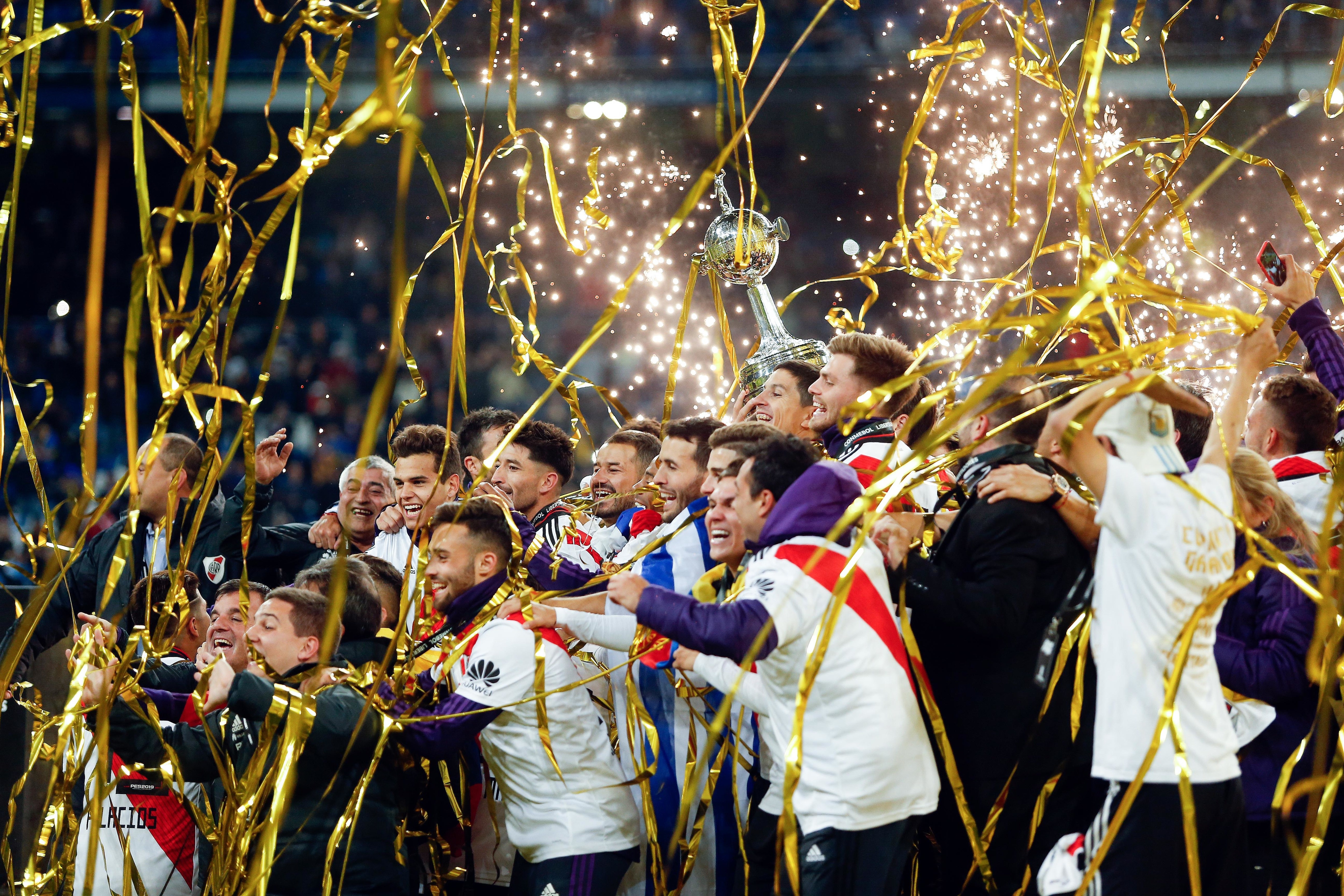
River Plate are Argentina's second-most popular club after fierce rivals Boca Juniors and the most successful in terms of domestic titles.
Four-time Copa Libertadores winners, River play their home matches at the Estadio Monumental, which is now South America's biggest stadium after Rio's Maracana was remodelled. It was also the scene of Argentina's World Cup final win in 1978 and has been home to some legends of South American football, incuding Alfredo Di Stefano, Omar Sivori, Daniel Passarella and Enzo Francescoli.
1. Boca Juniors
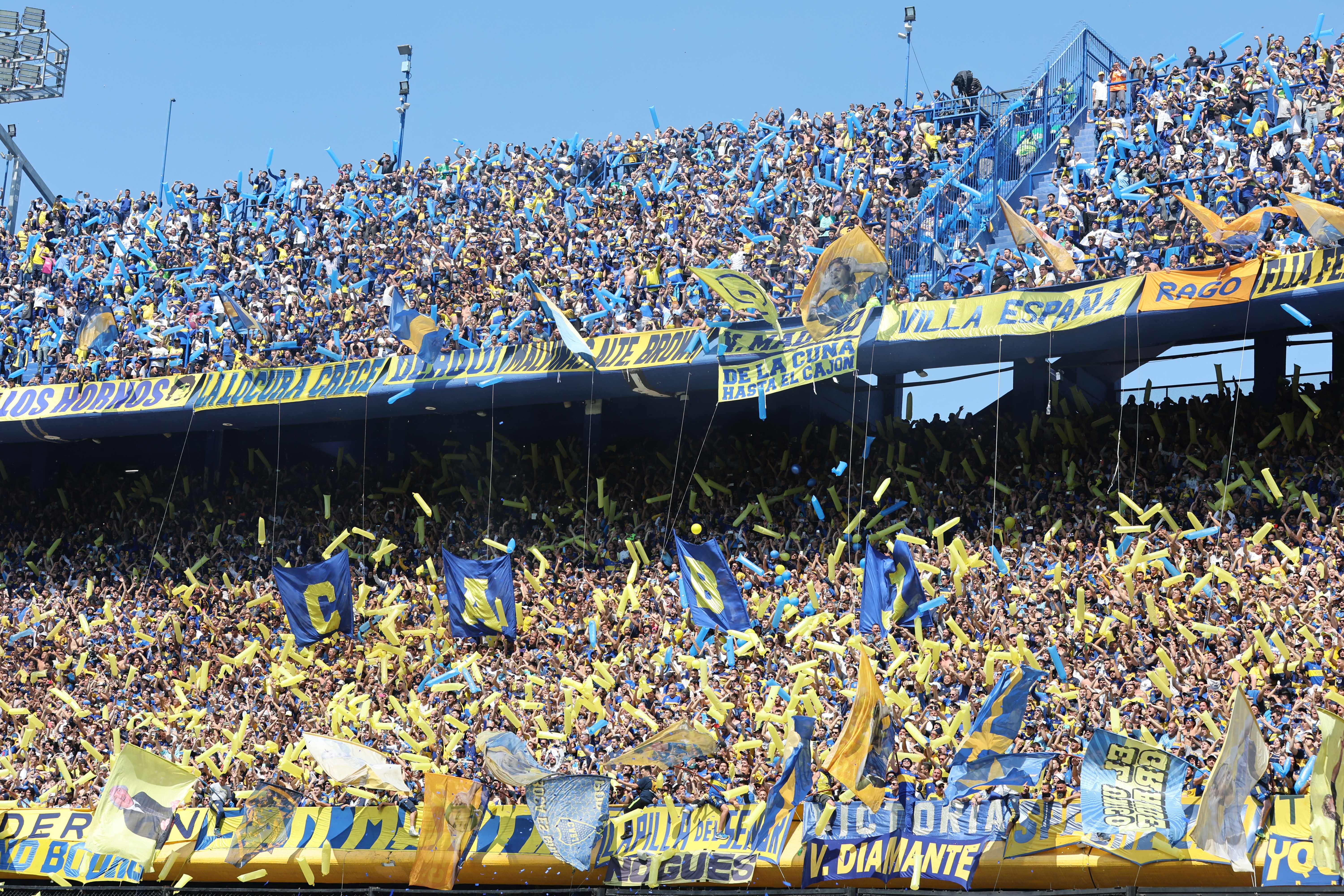
Based in the heart of the folkloric neighbourhood of La Boca in Buenos Aires, Boca Juniors are Argentina biggest and most popular football club.
Boca play in the iconic Bombonera ("sweet shop") stadium. Home to the great Diego Maradona for a short period in the early 1980s and again at the end of his career, Boca have won over 70 titles, including six Copa Libertadores crowns.
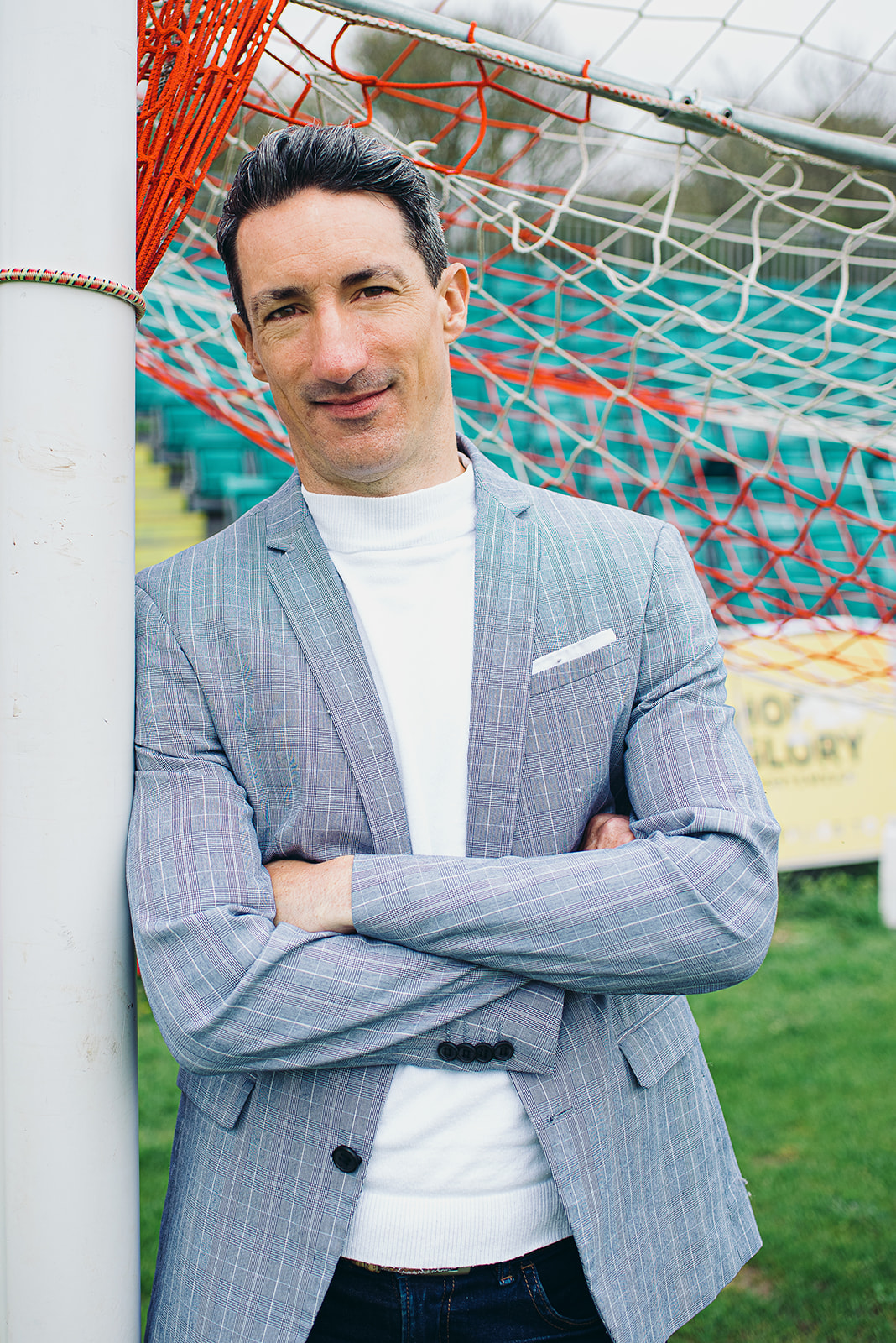
Ben Hayward is a European football writer and Tottenham Hotspur fan with over 15 years’ experience, he has covered games all over the world - including three World Cups, several Champions League finals, Euros, Copa America - and has spent much of that time in Spain. Ben speaks English and Spanish, currently dividing his time between Barcelona and London, covering all the big talking points of the weekend on FFT: he’s also written several list features and interviewed Guglielmo Vicario for the magazine.
